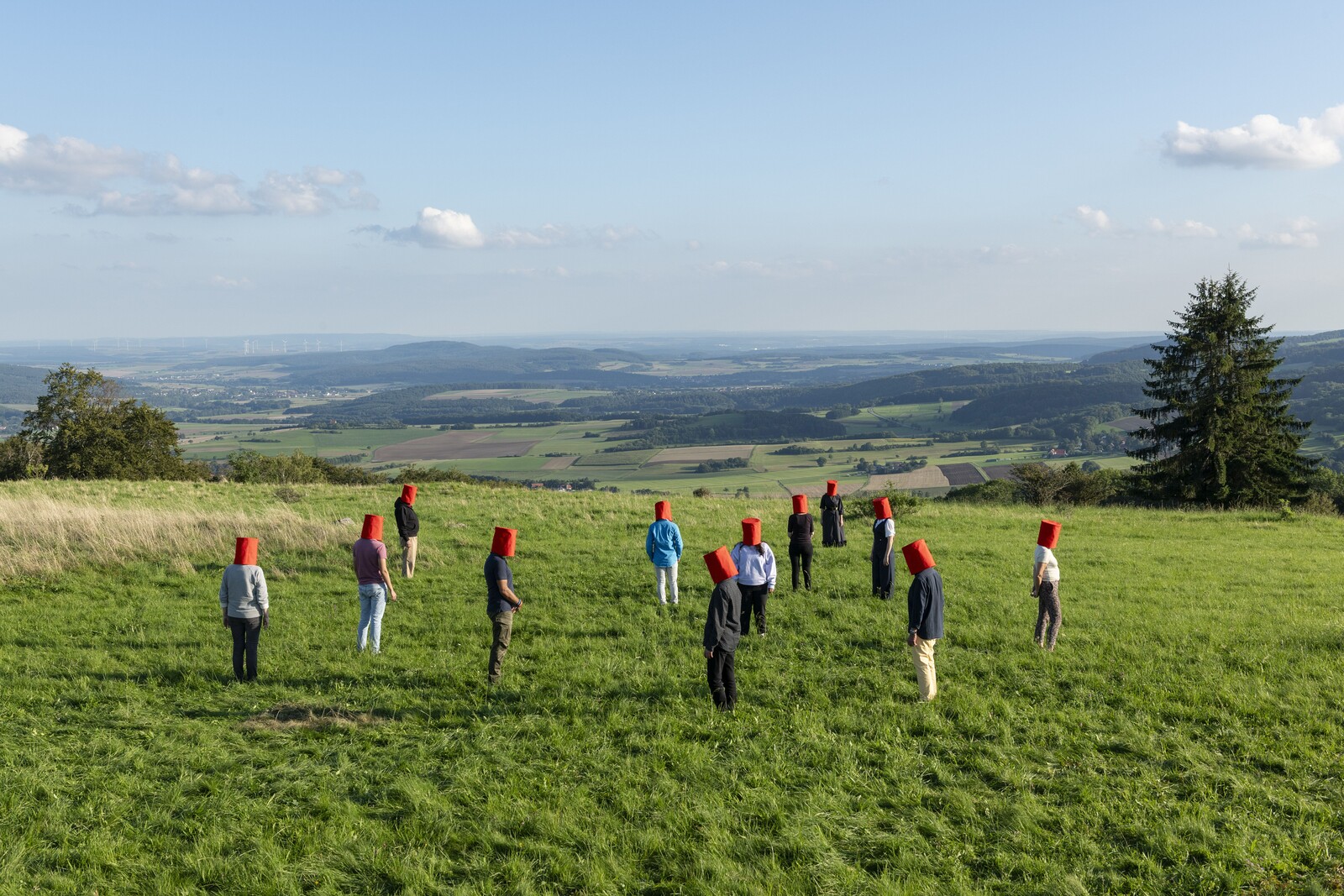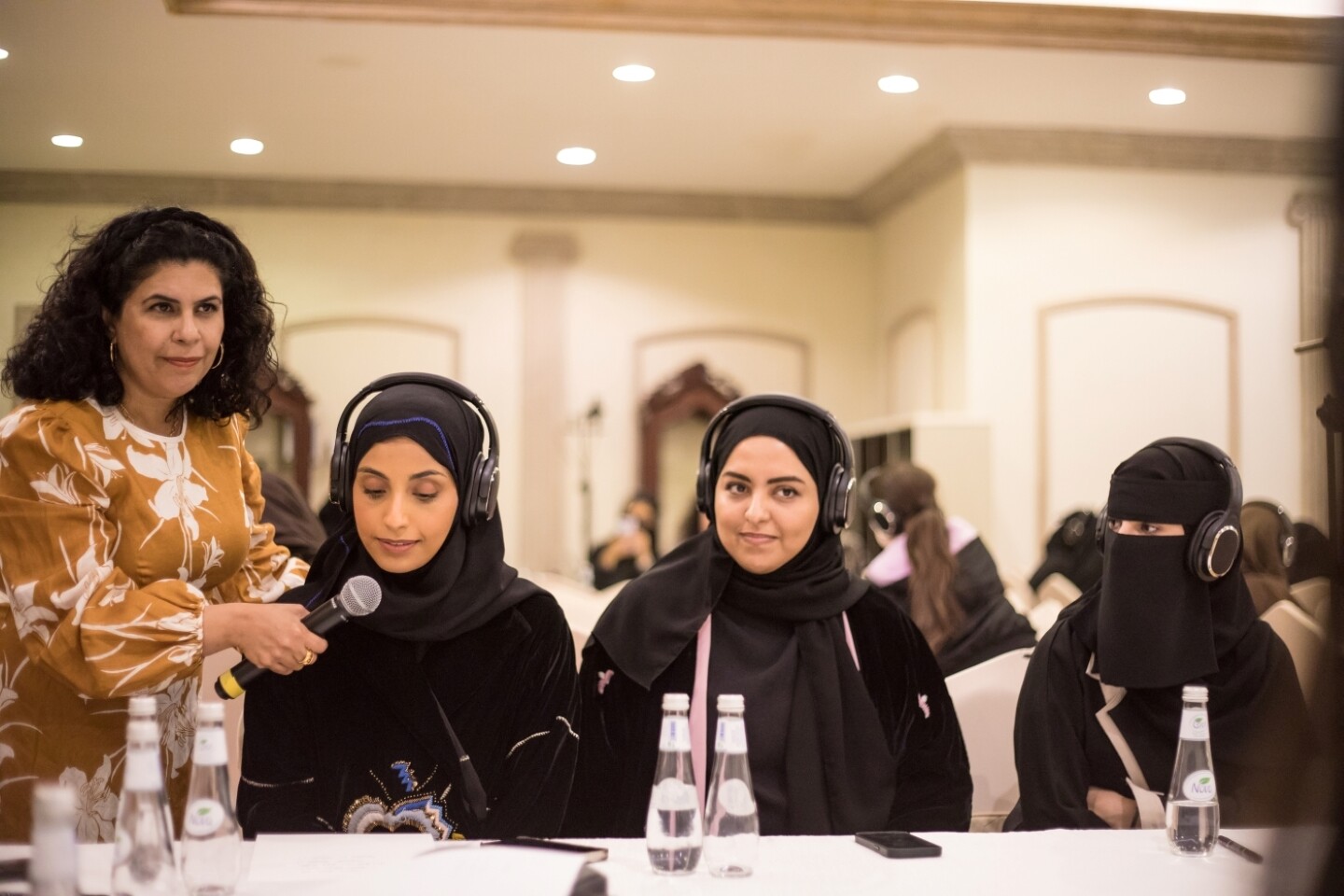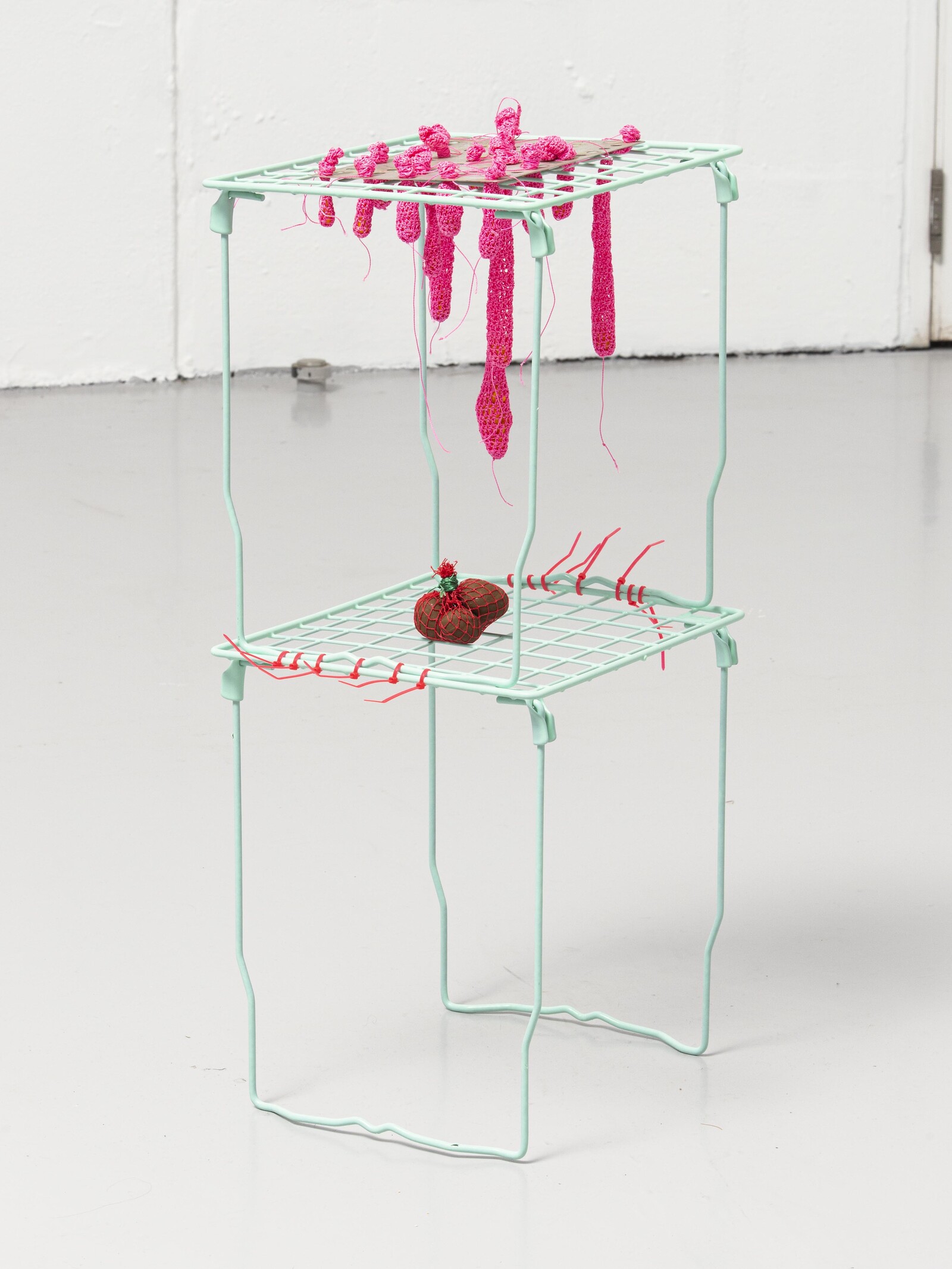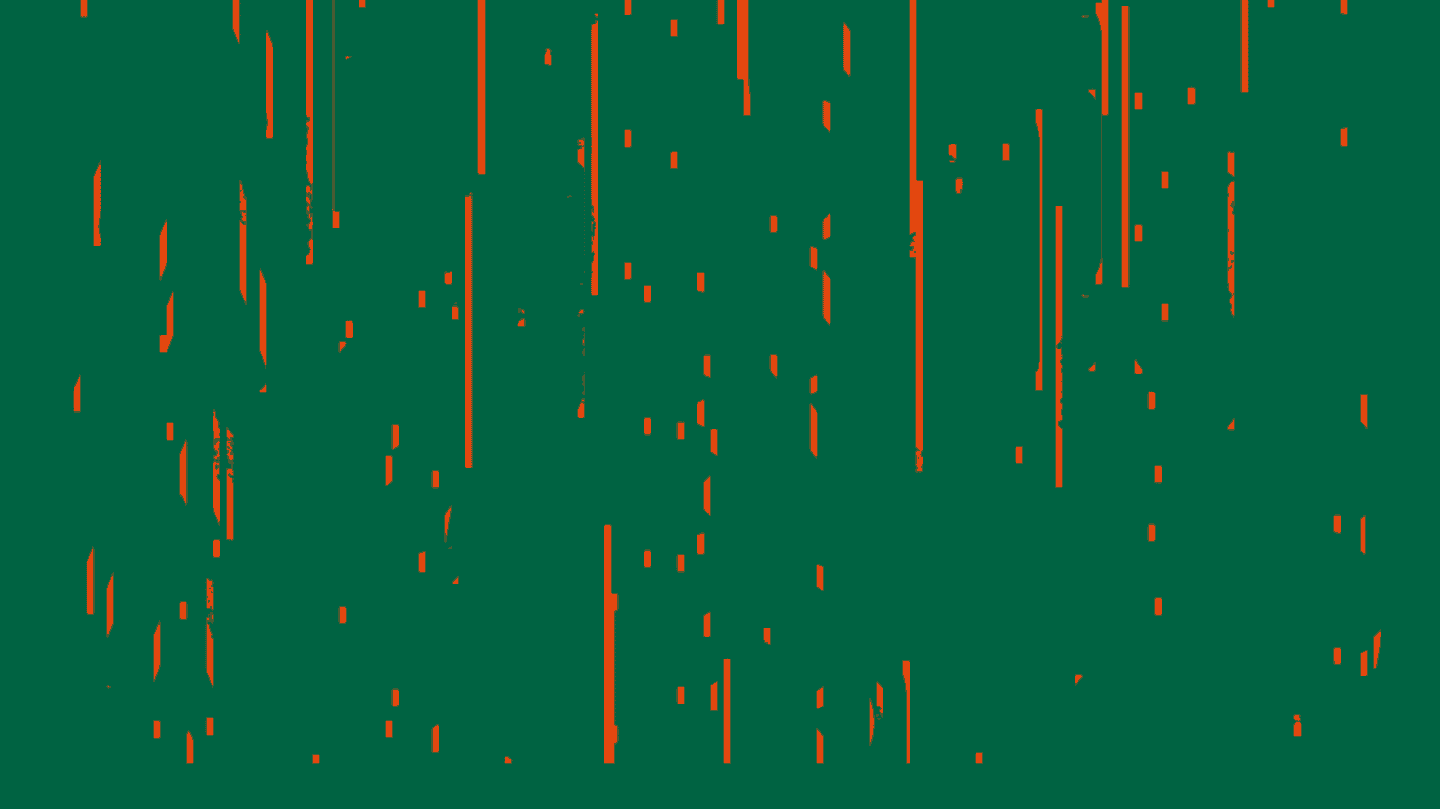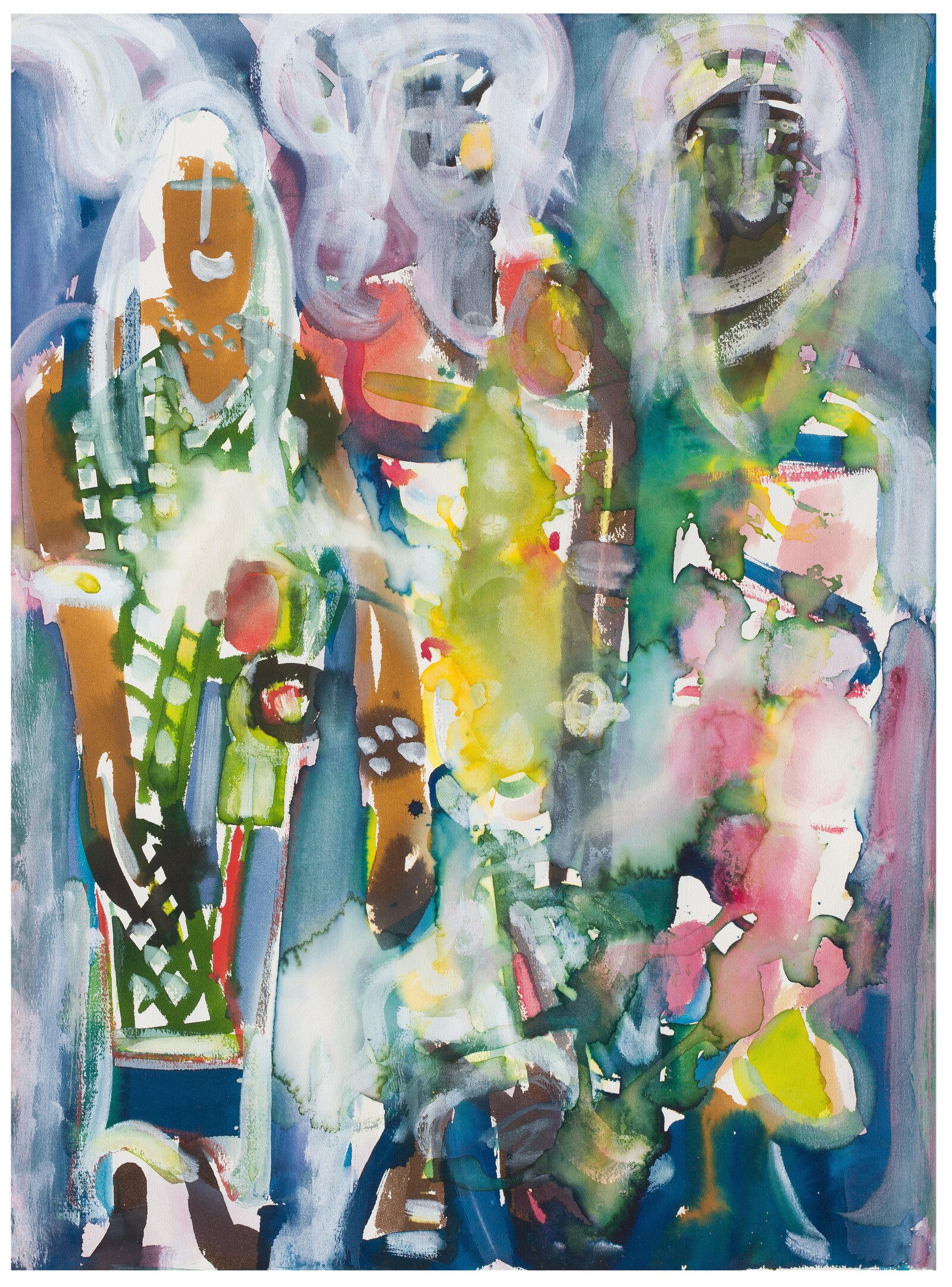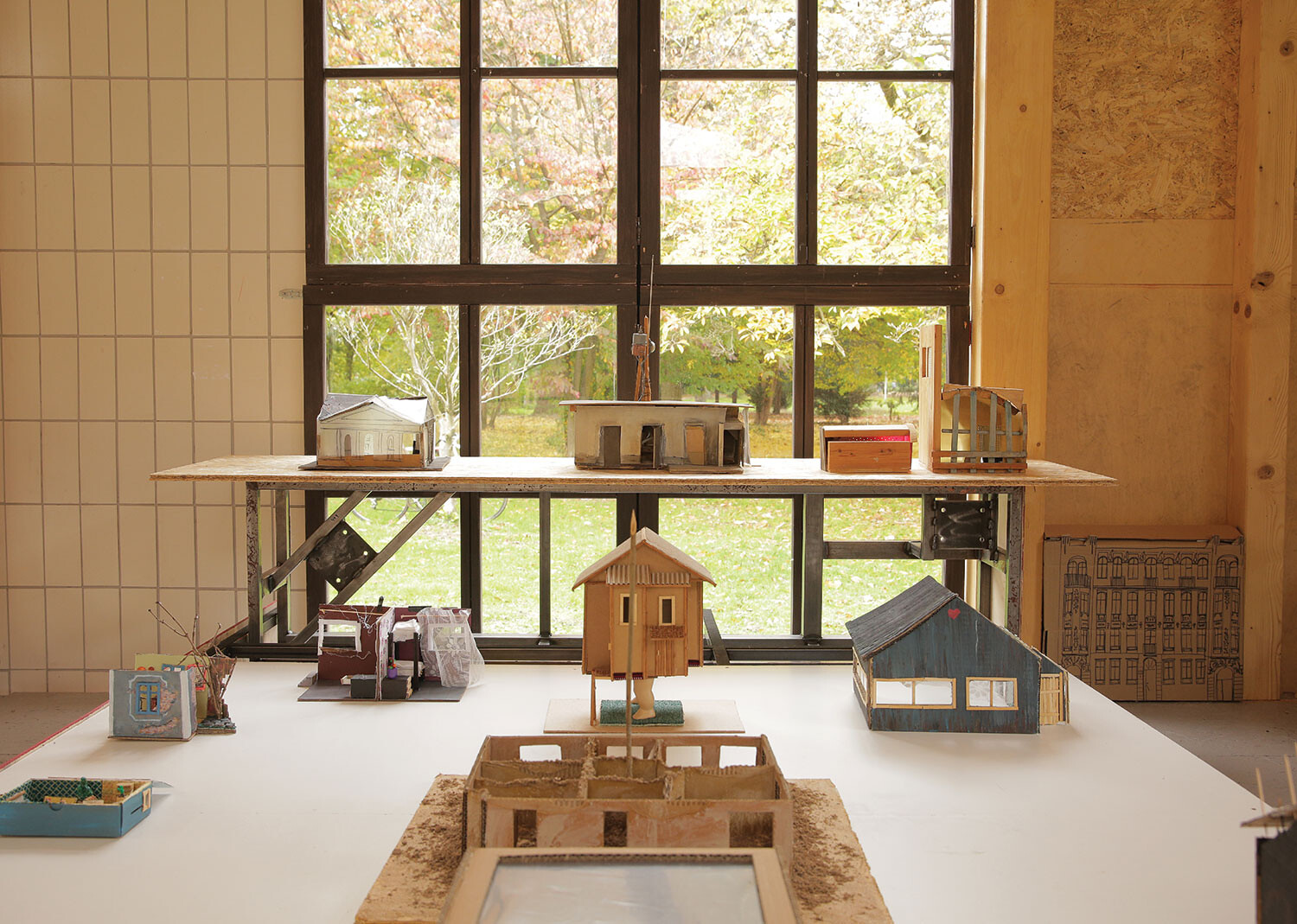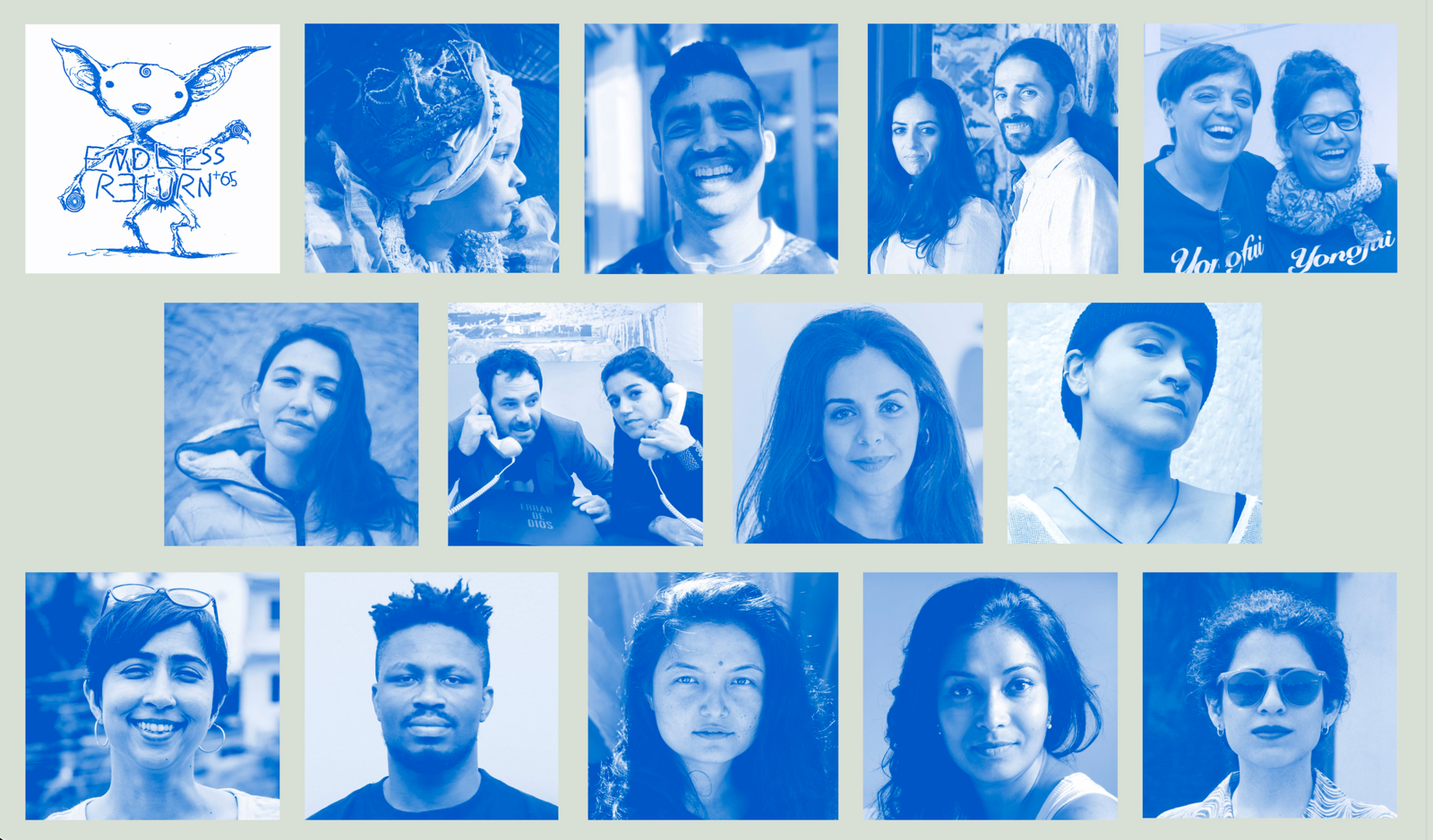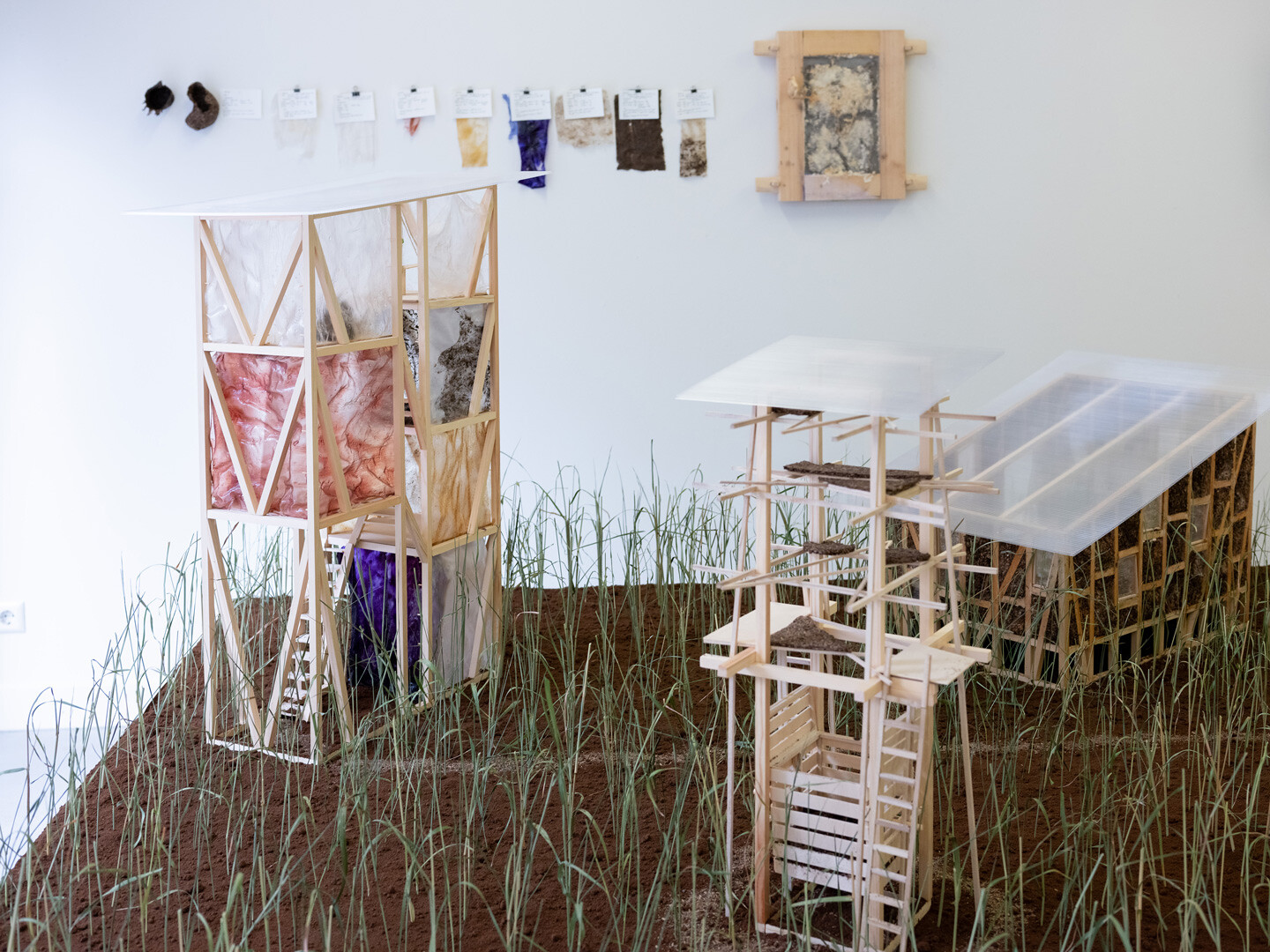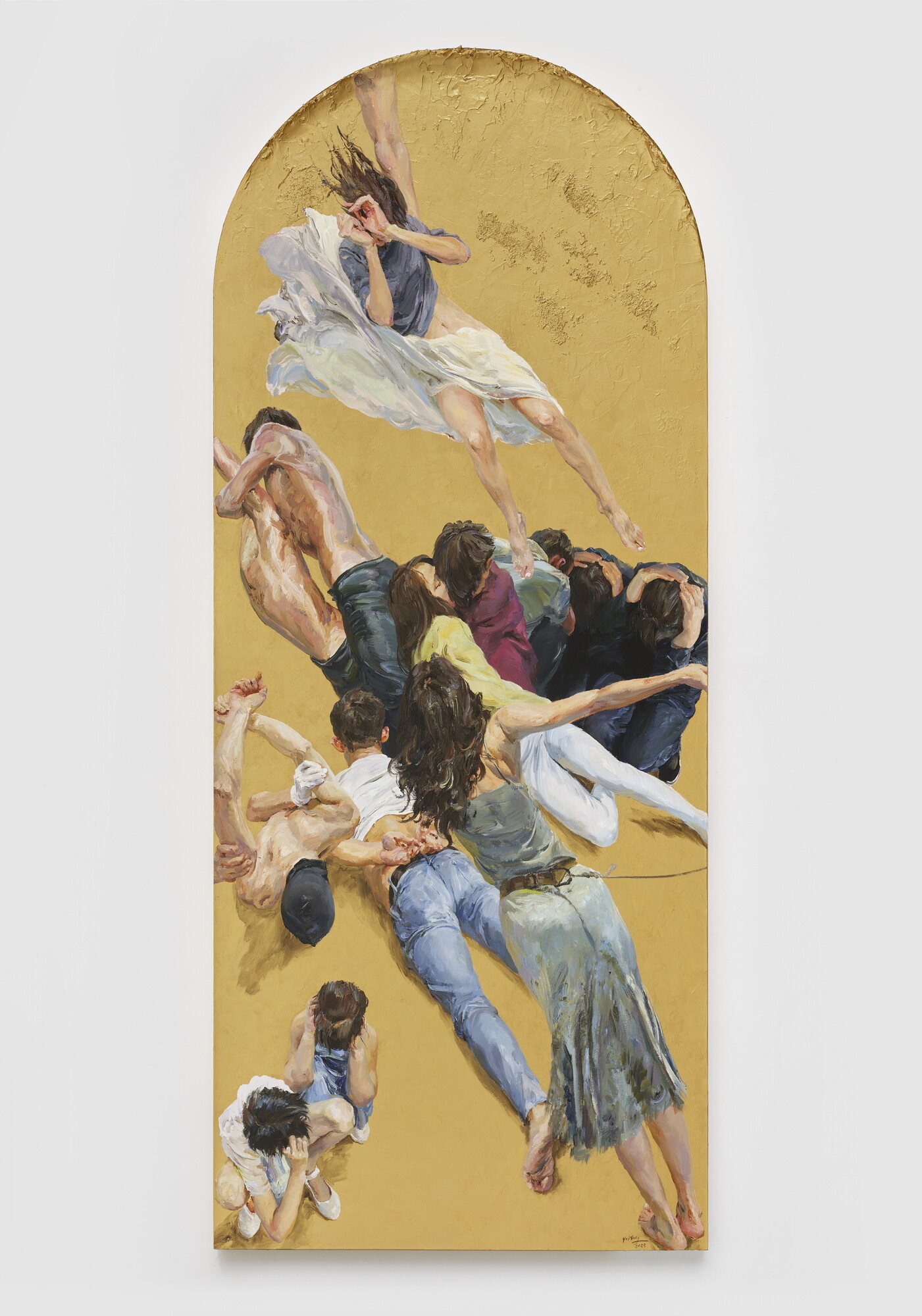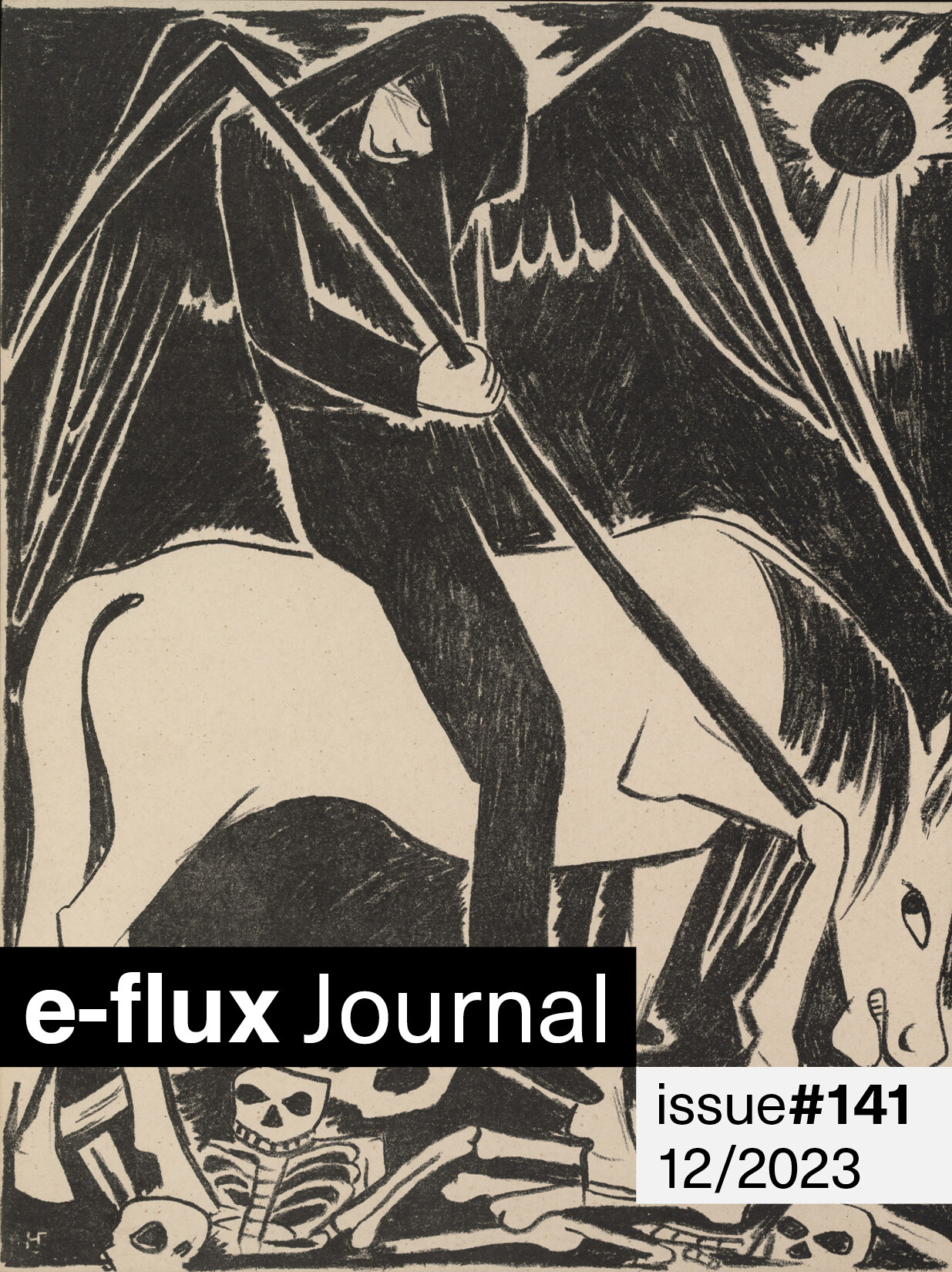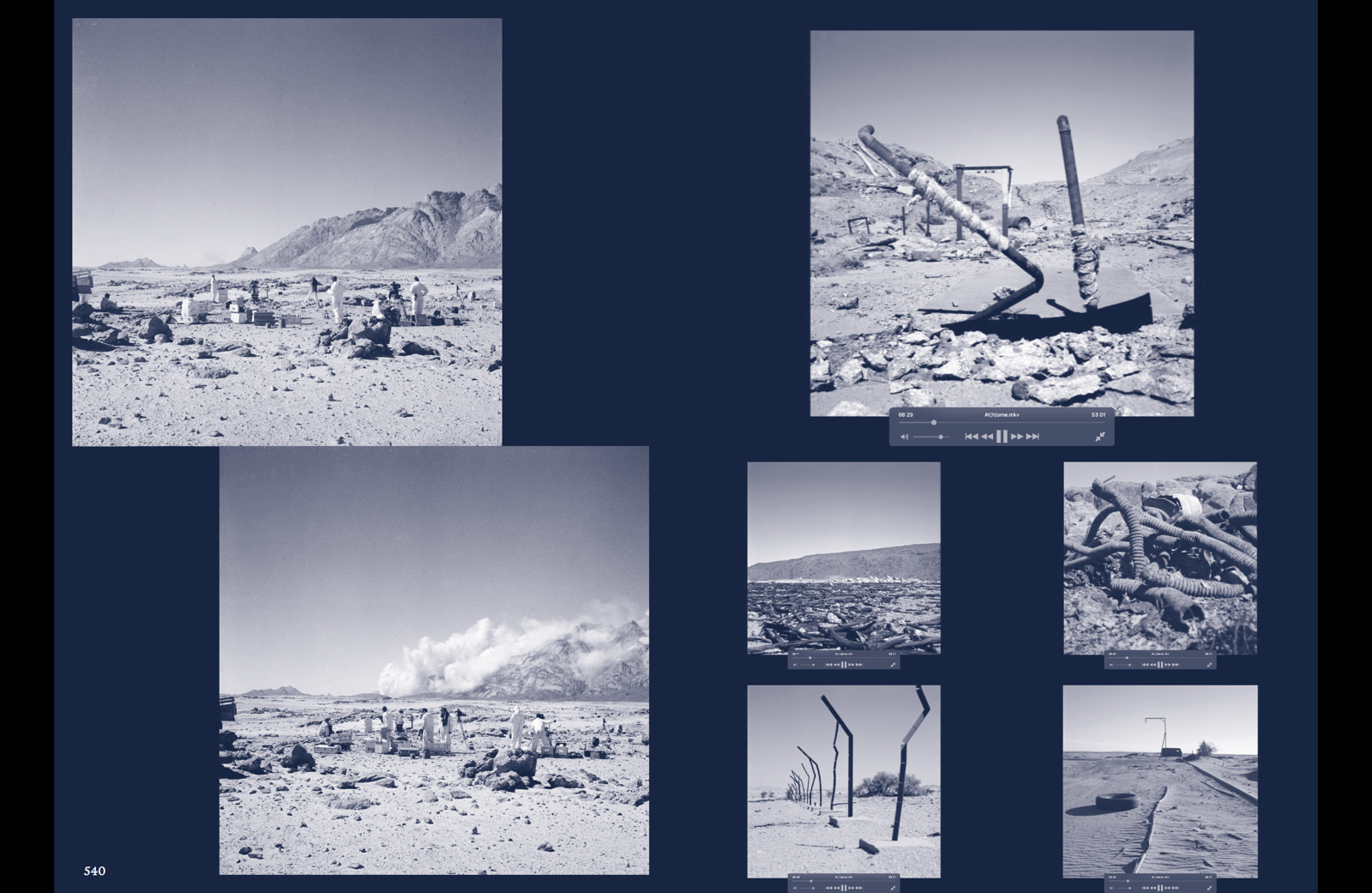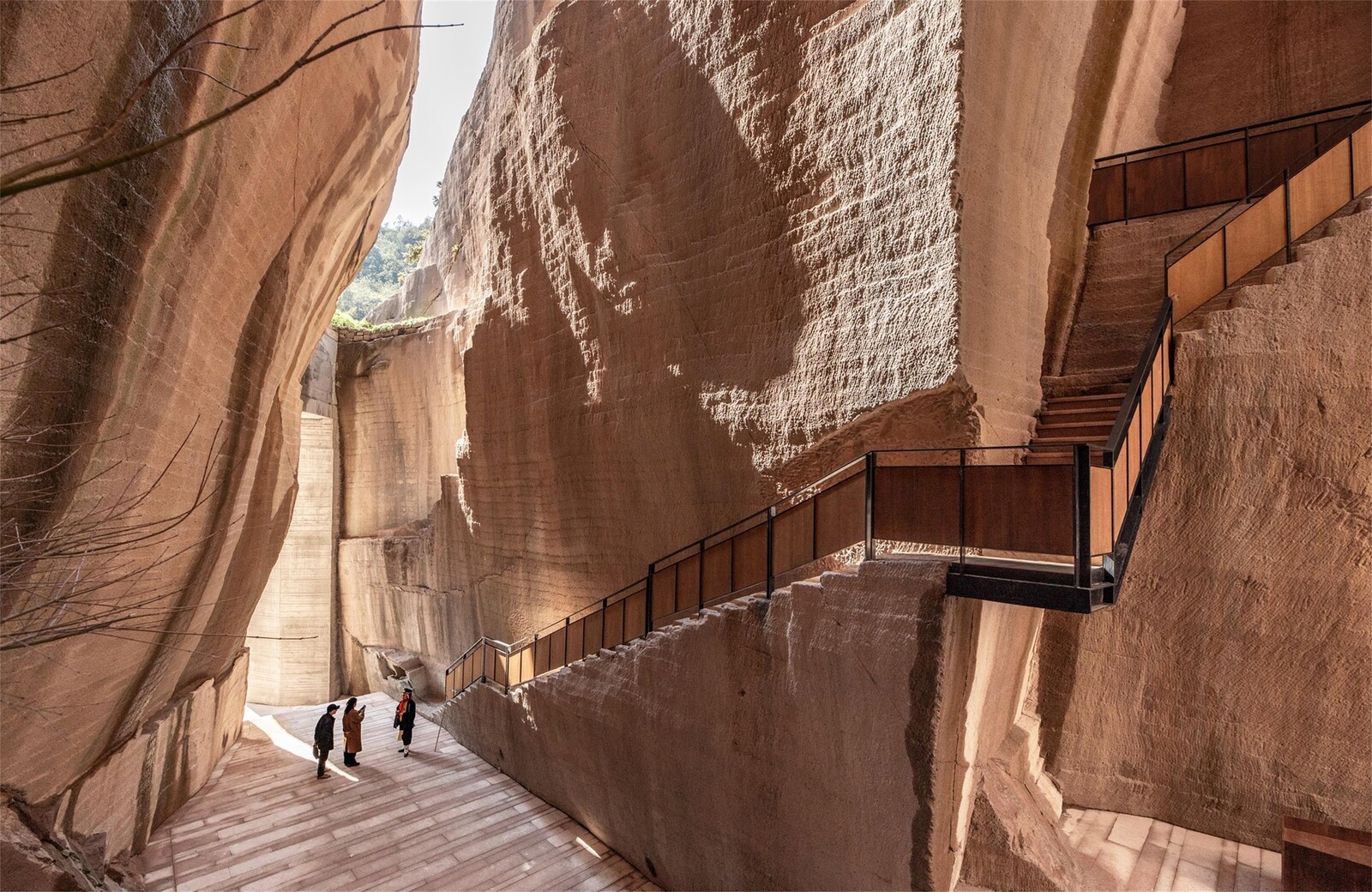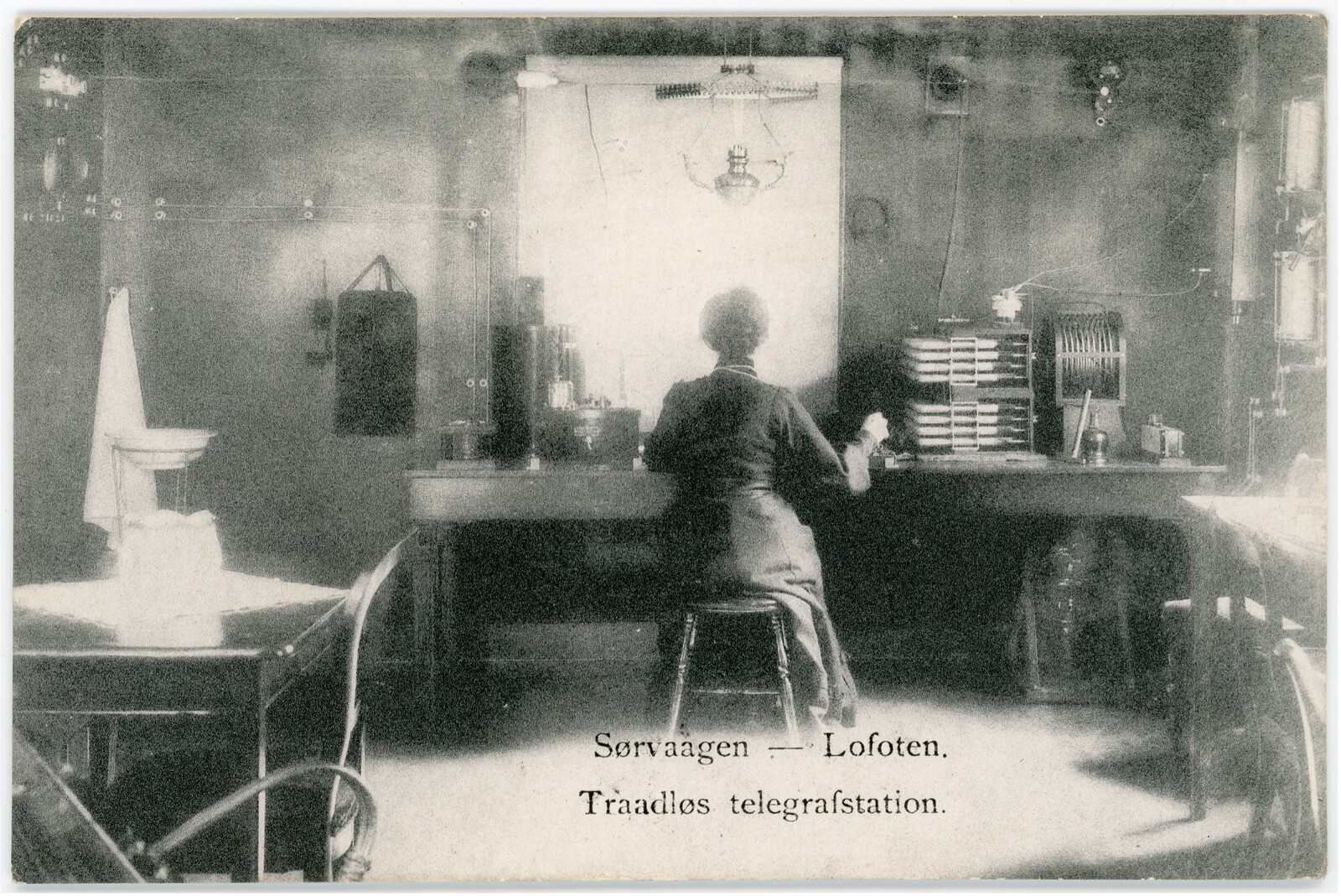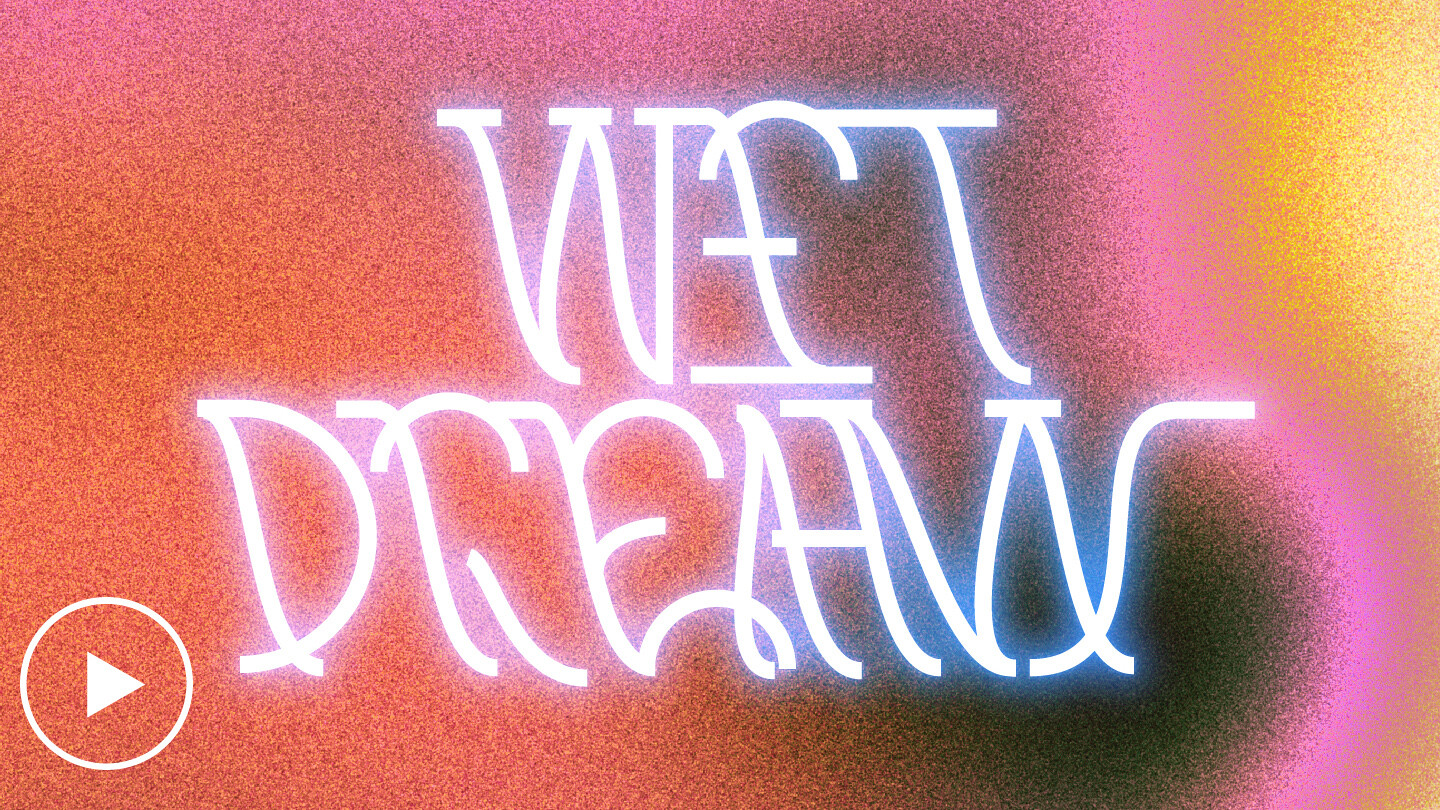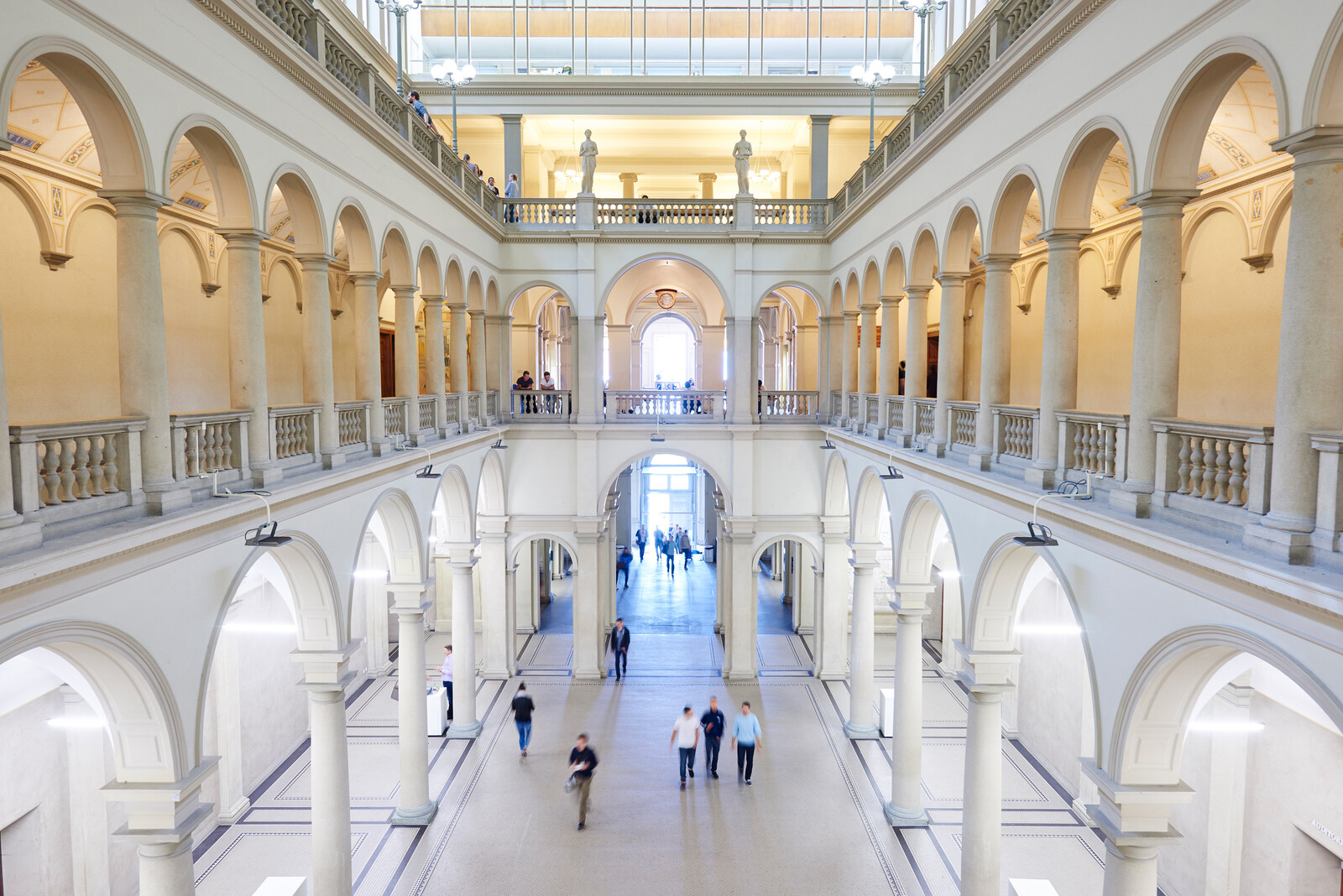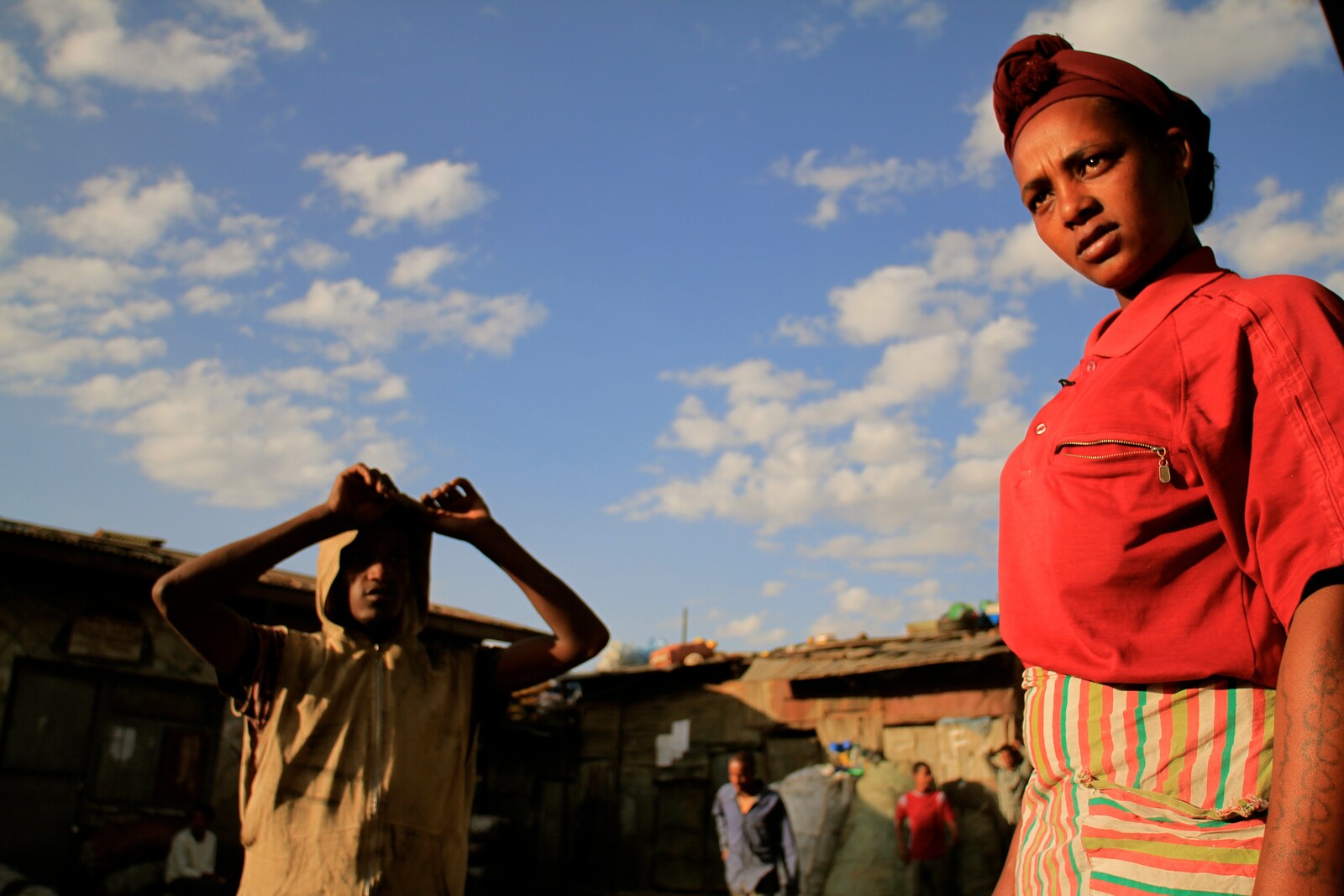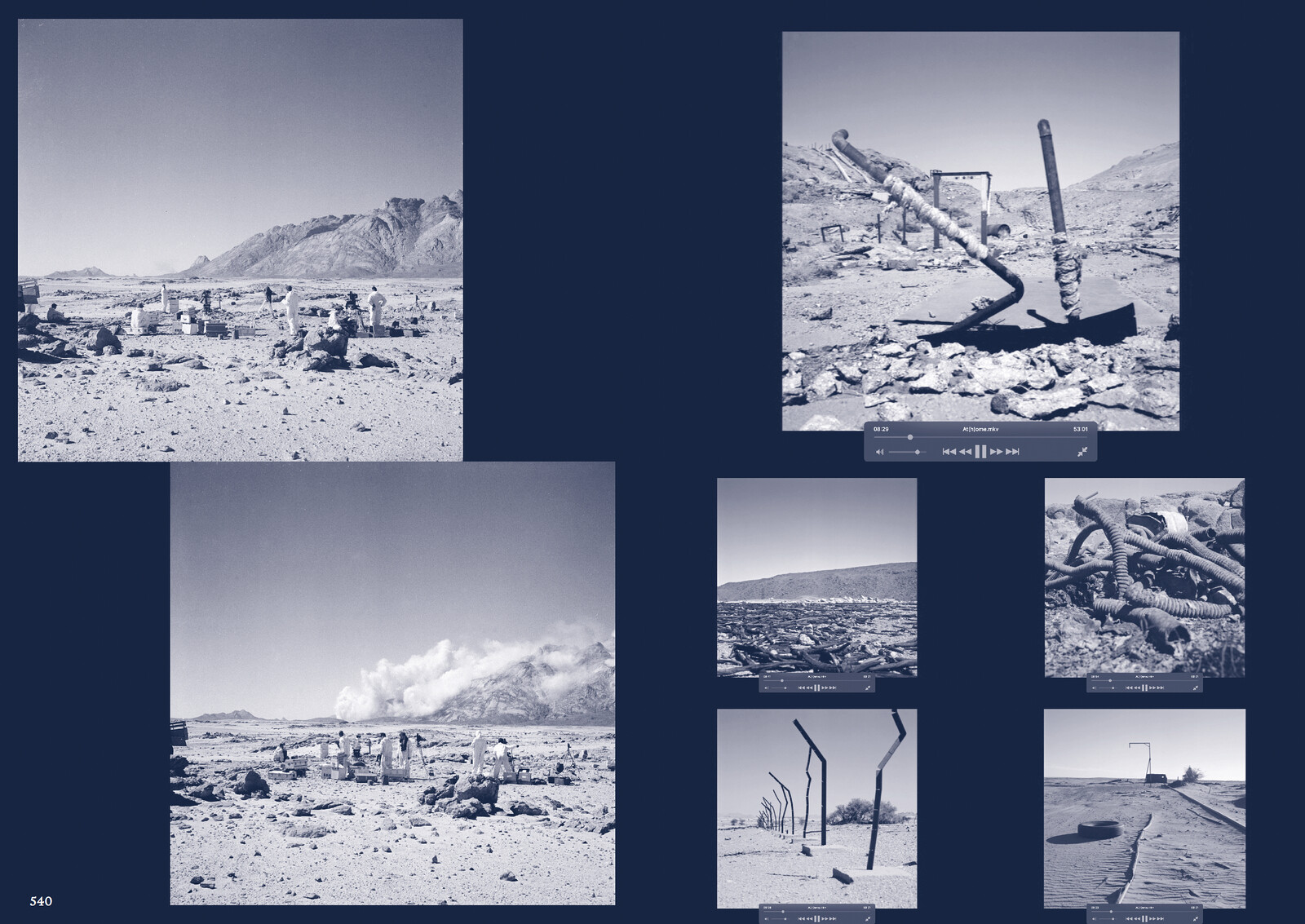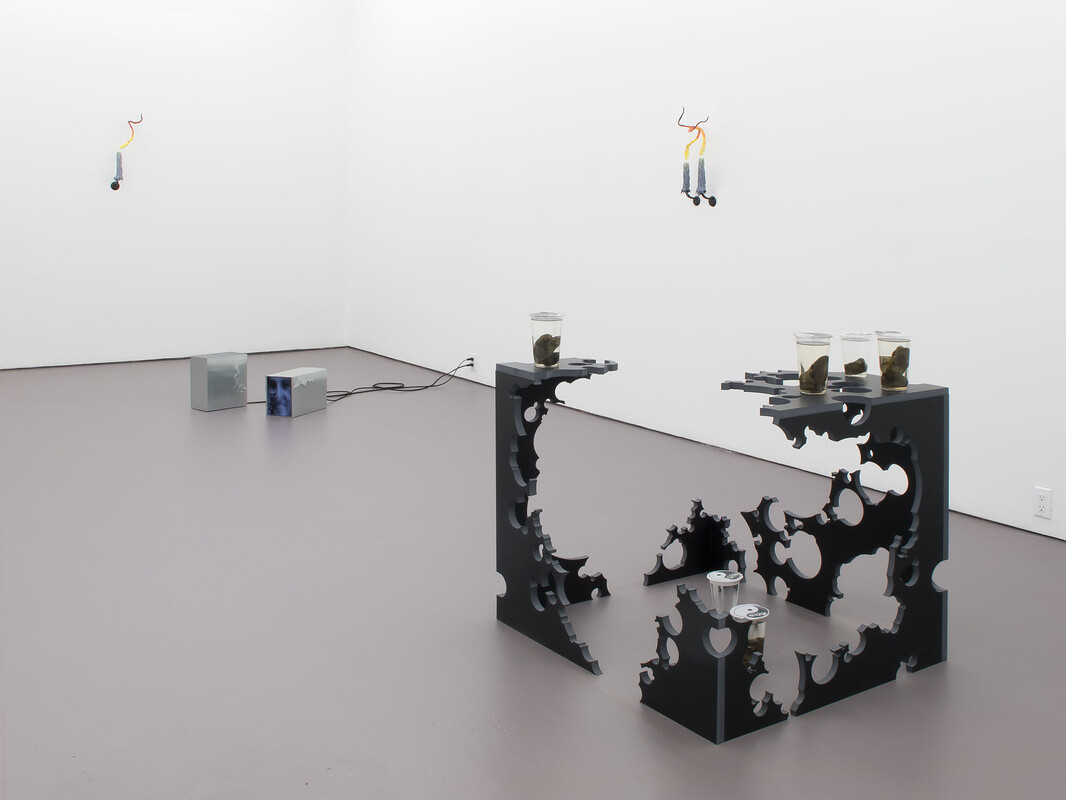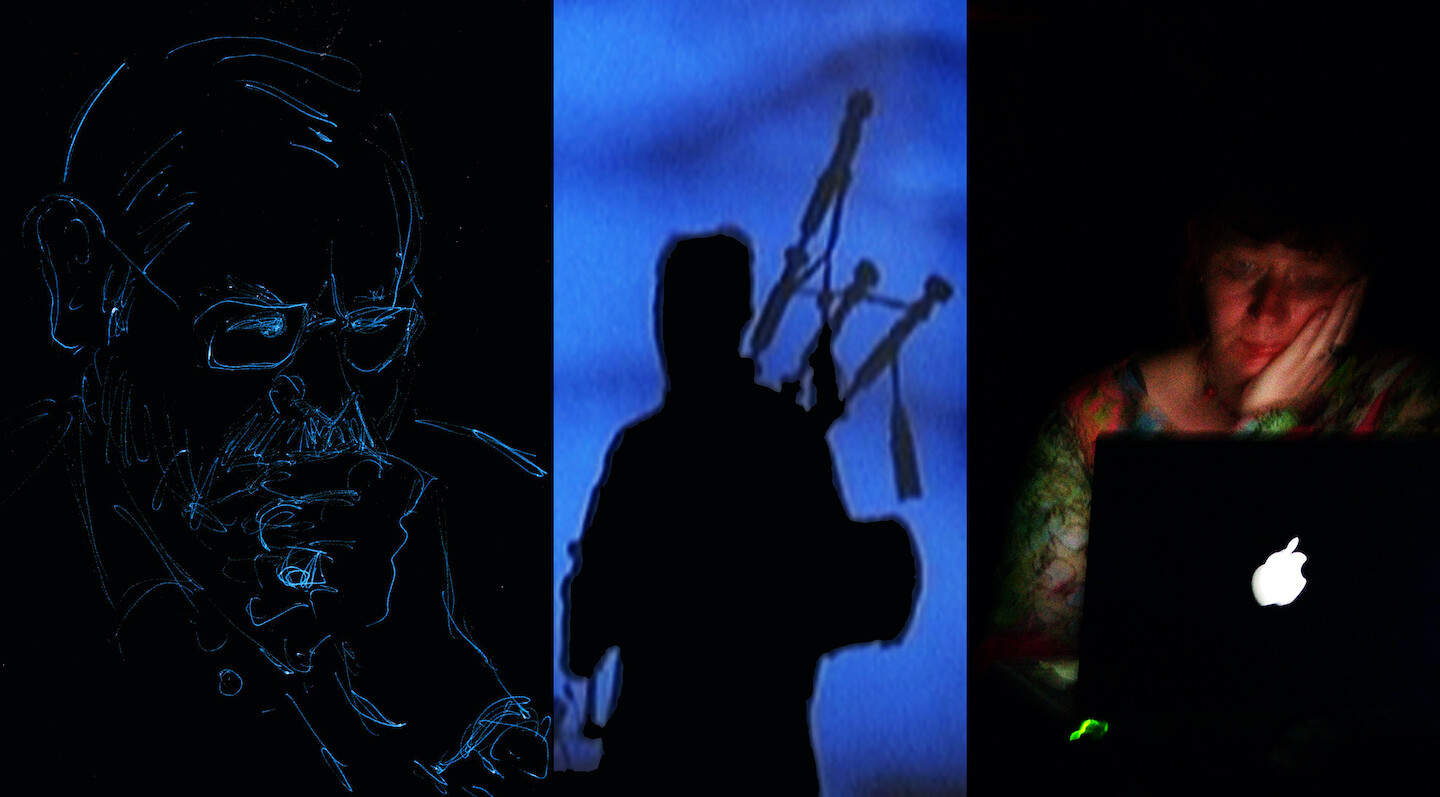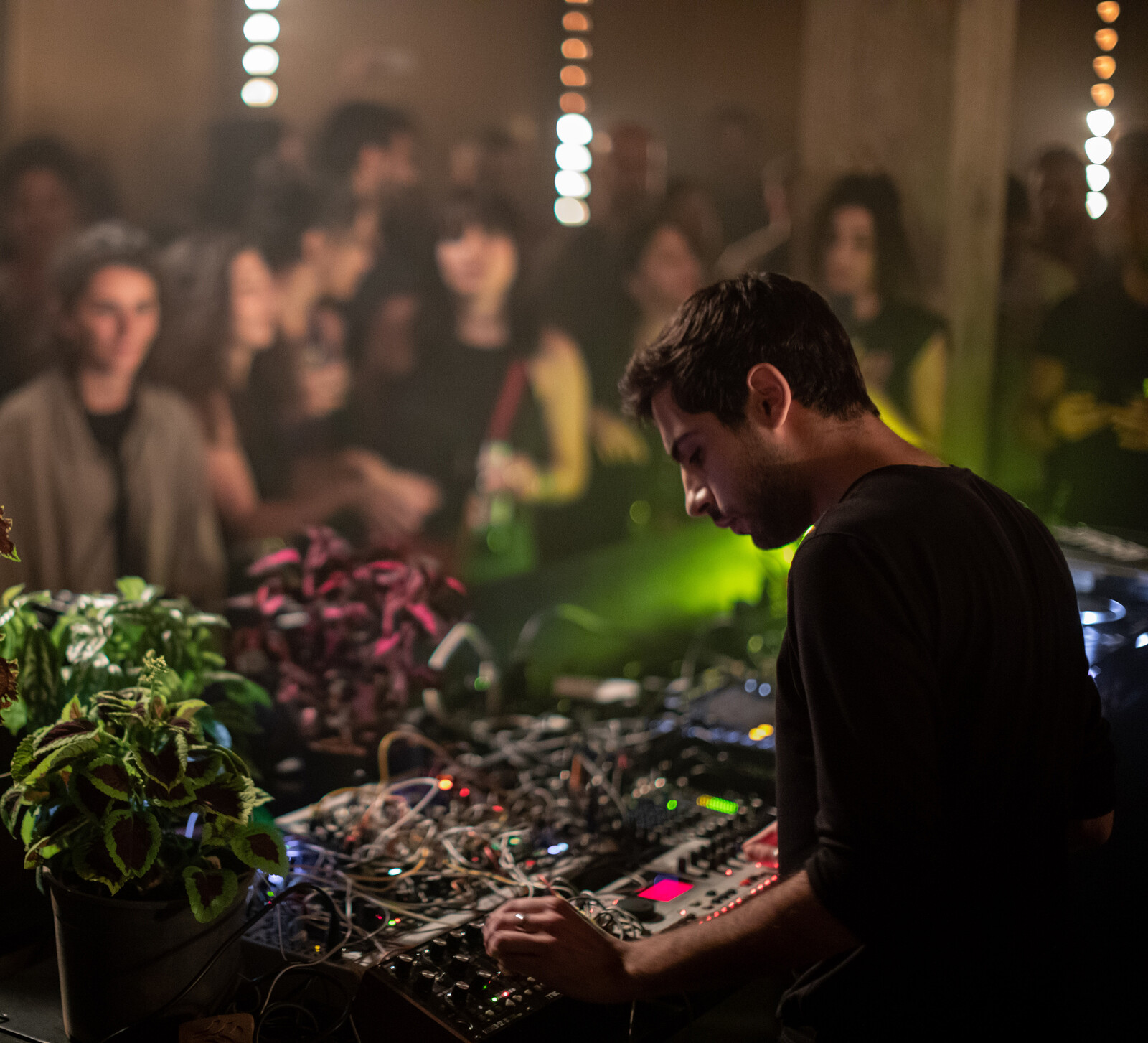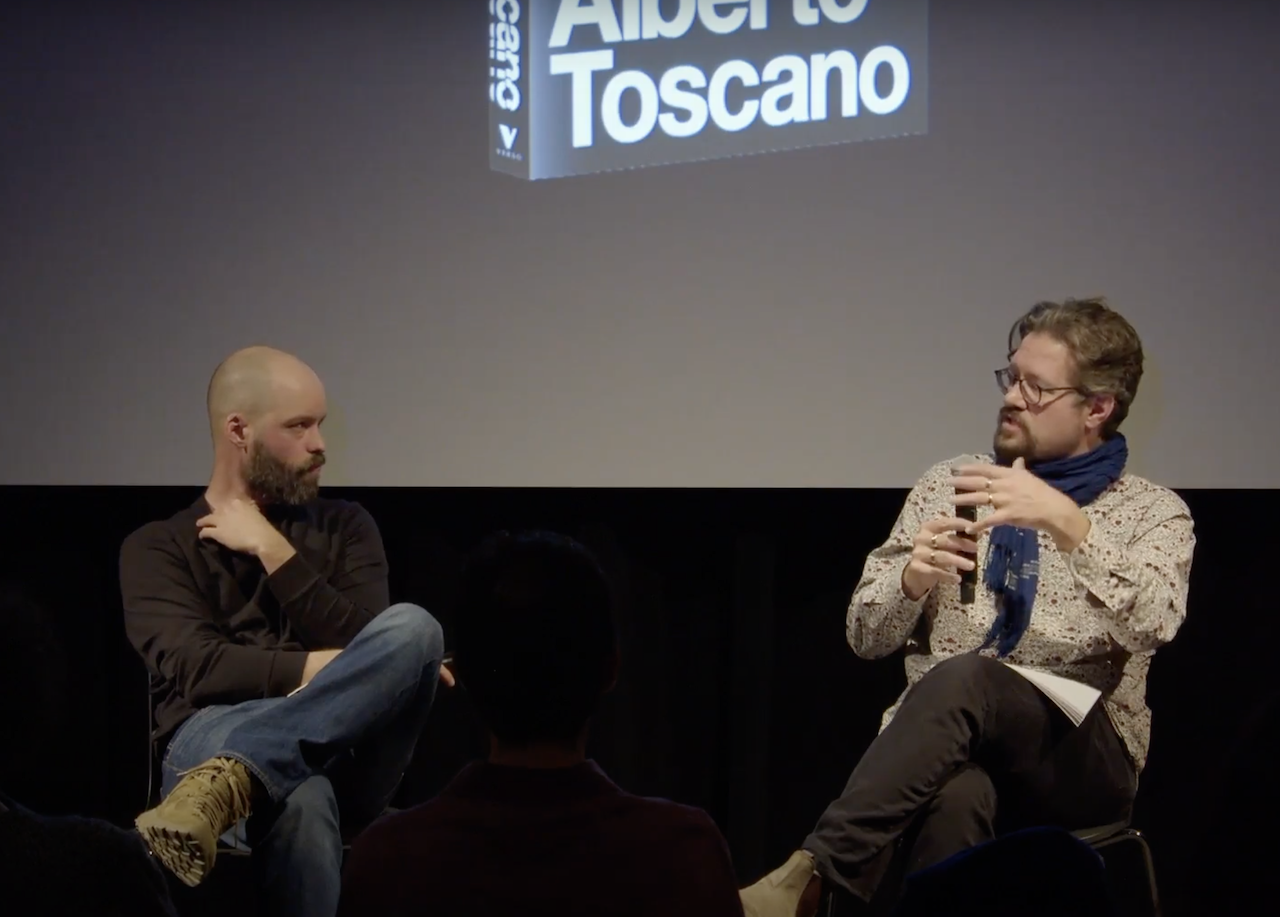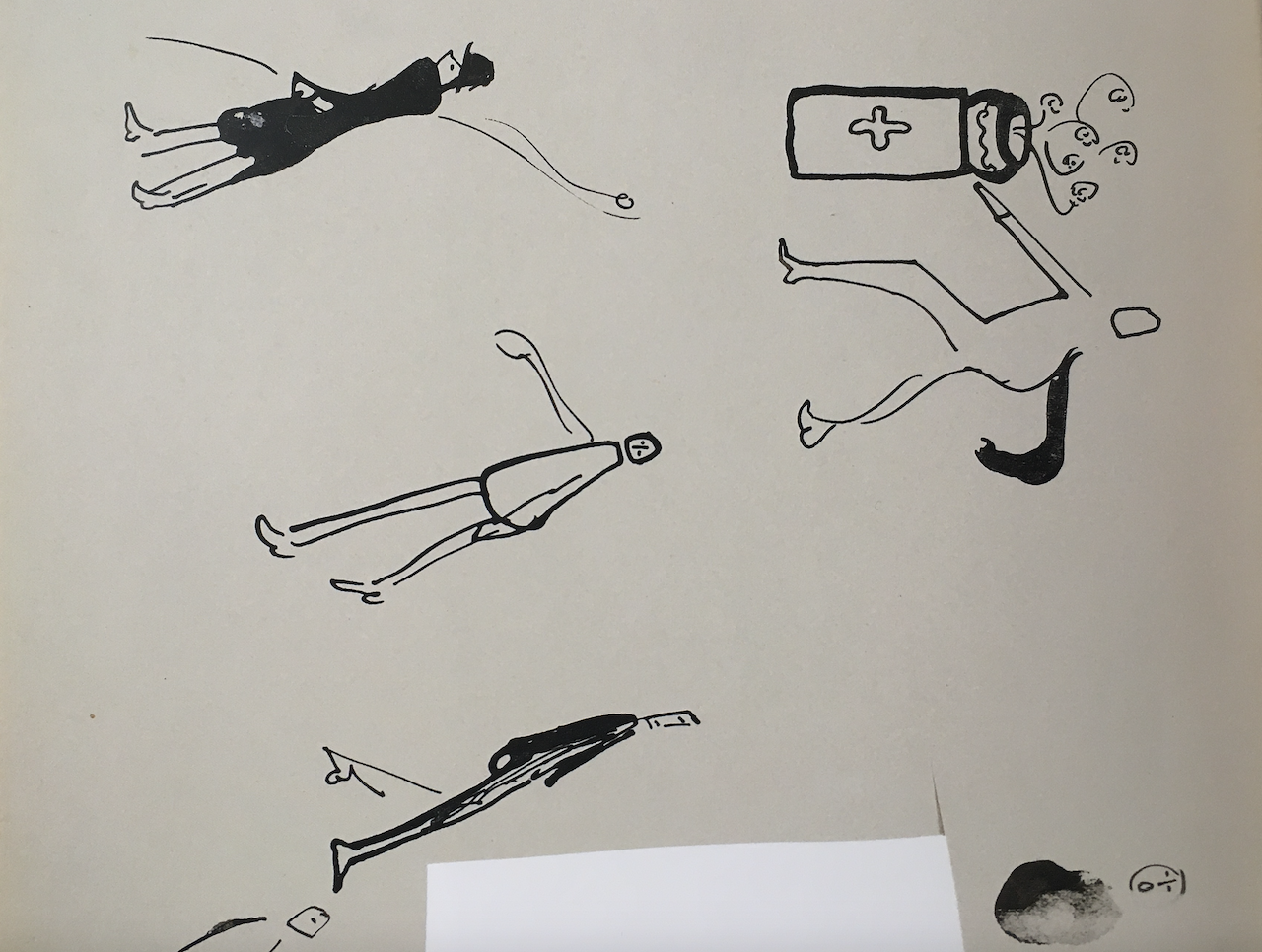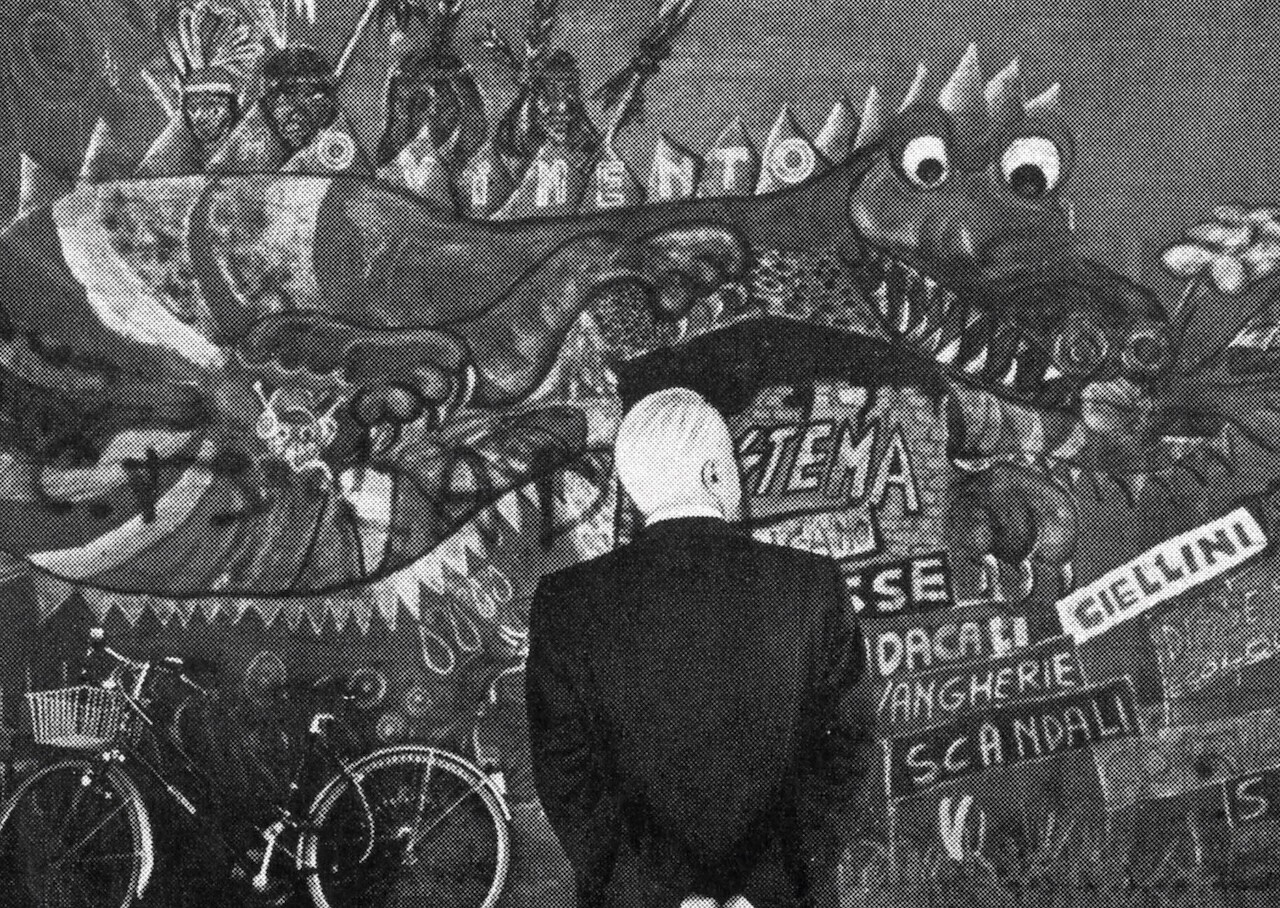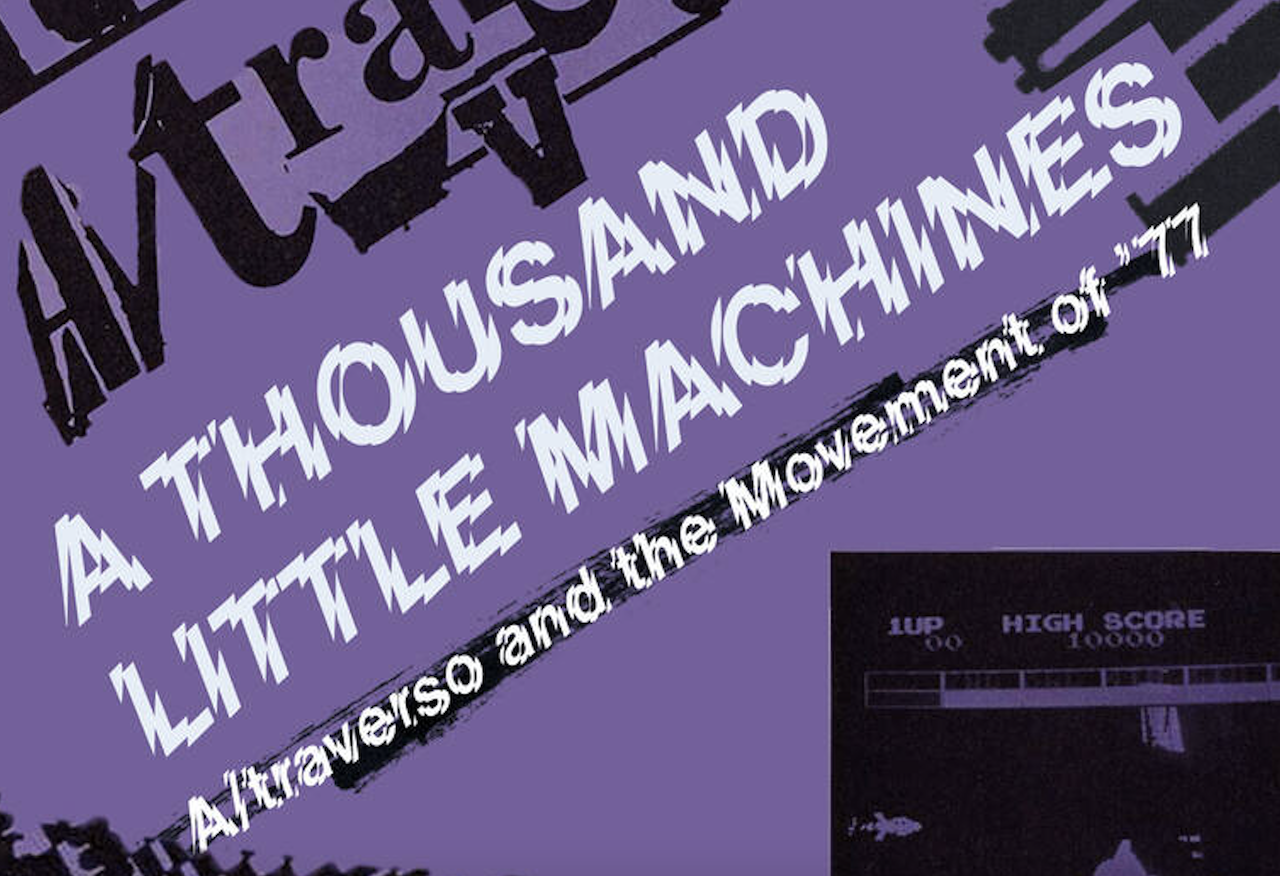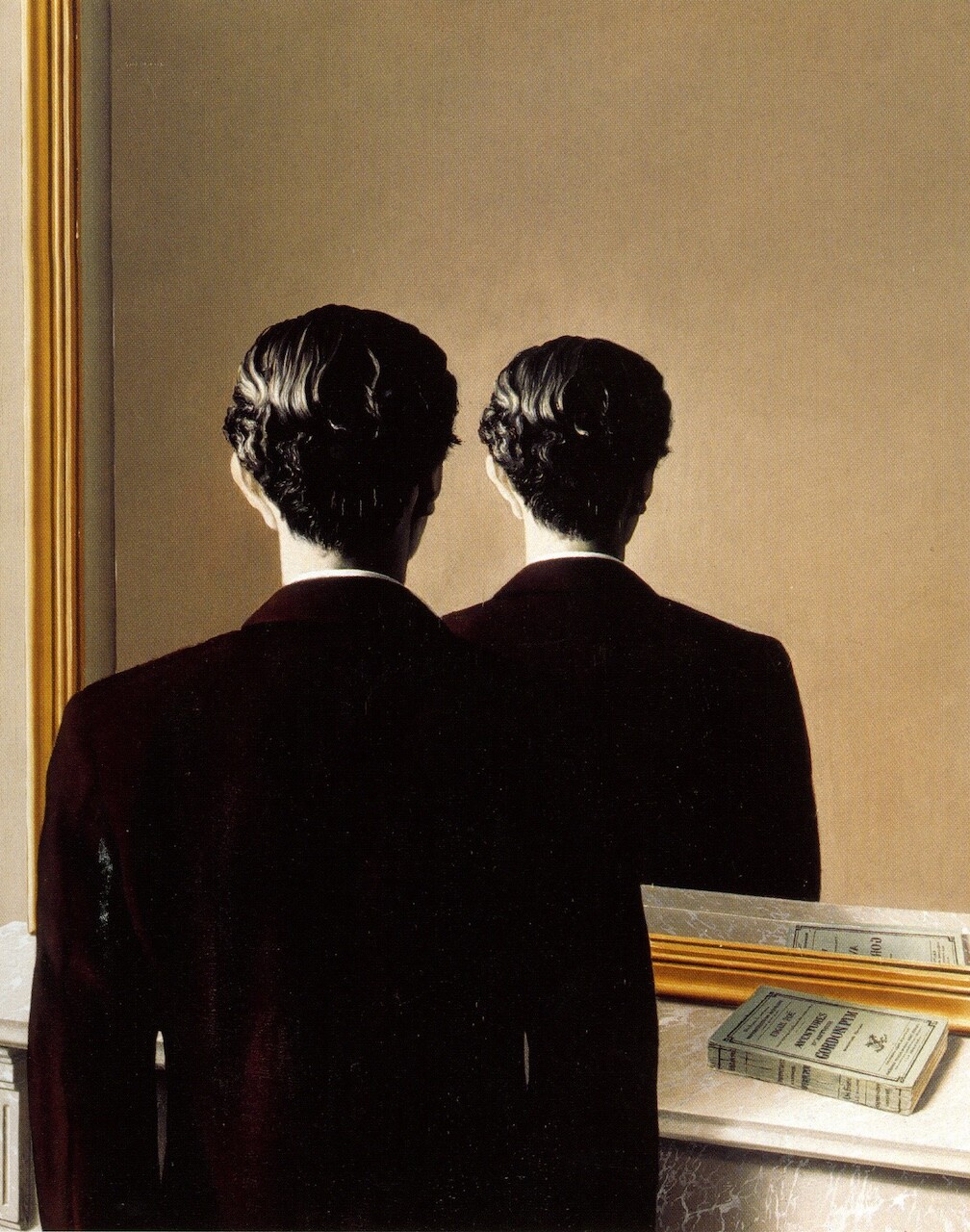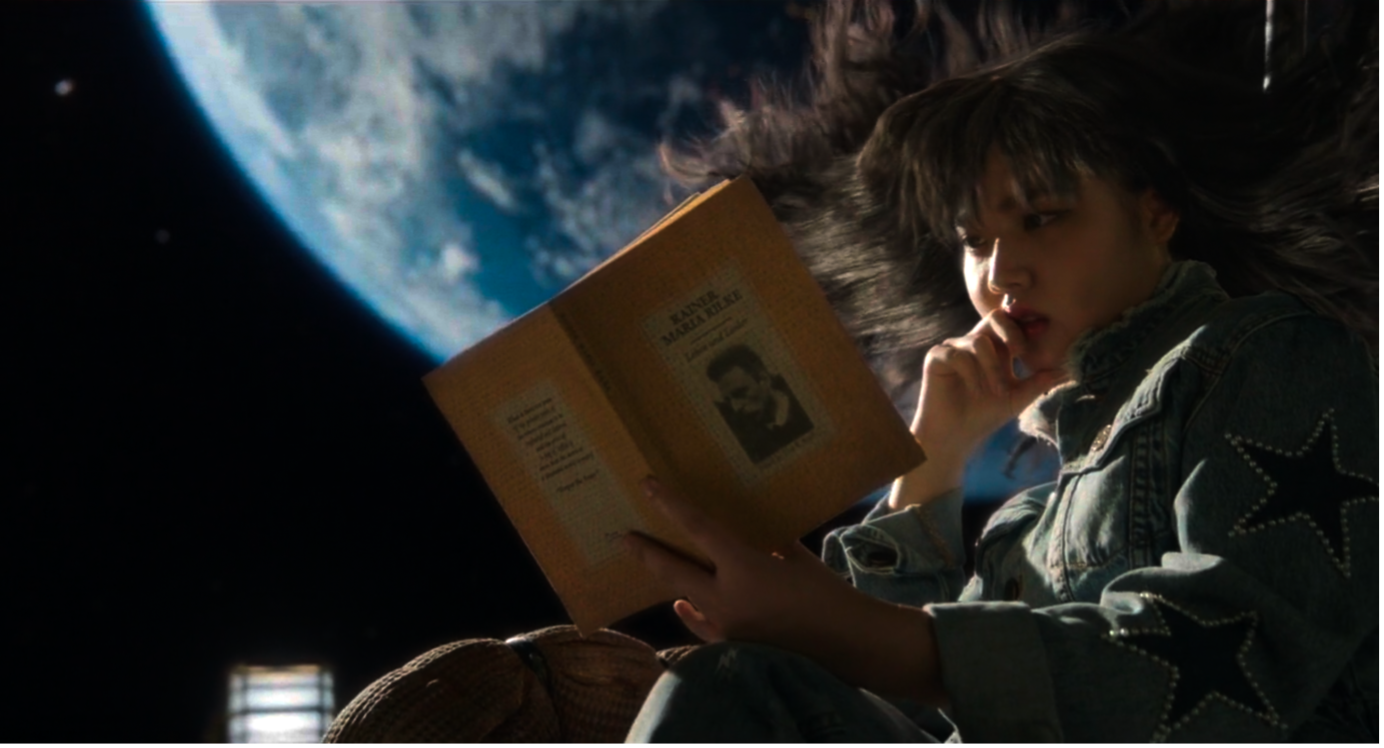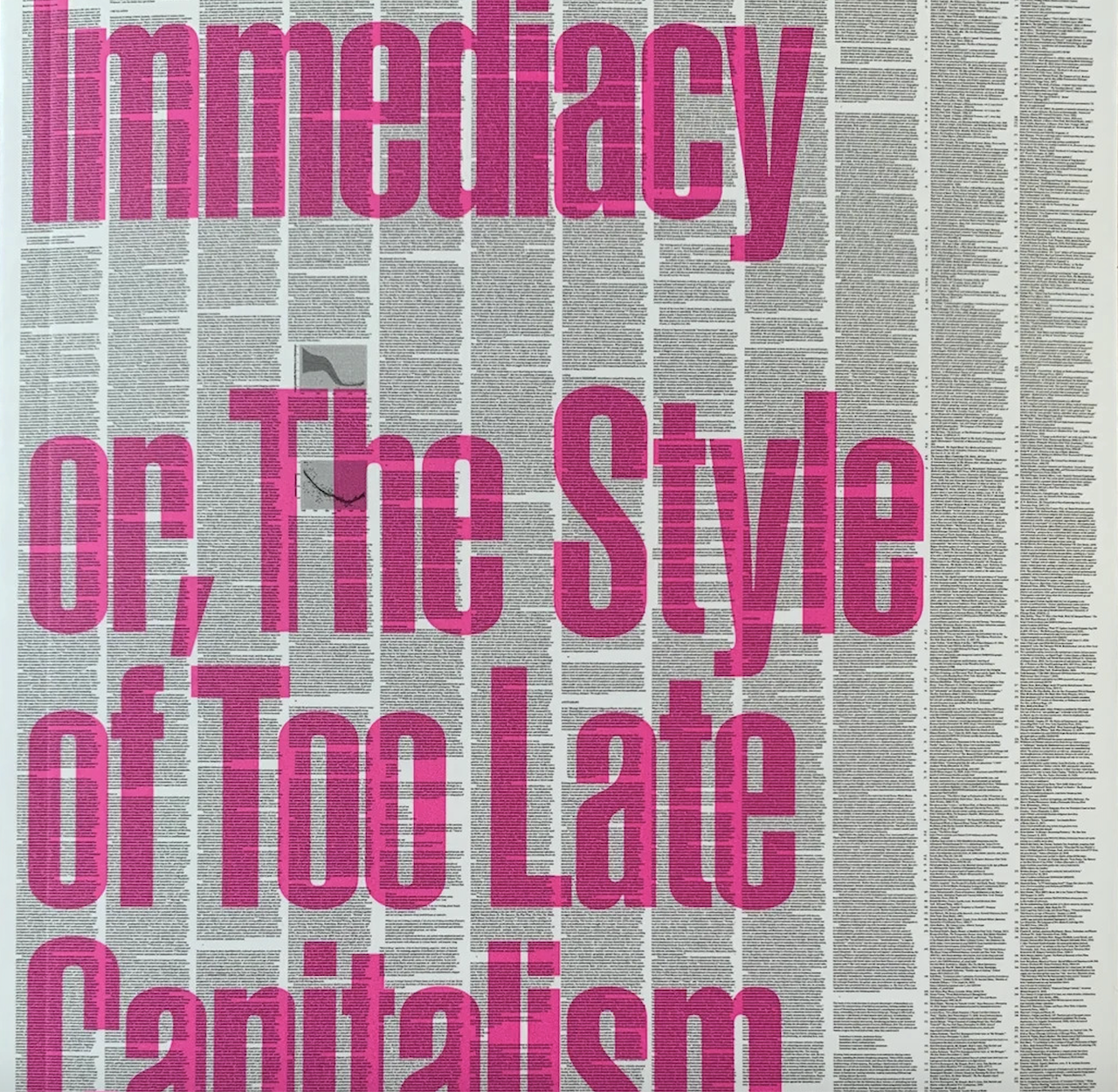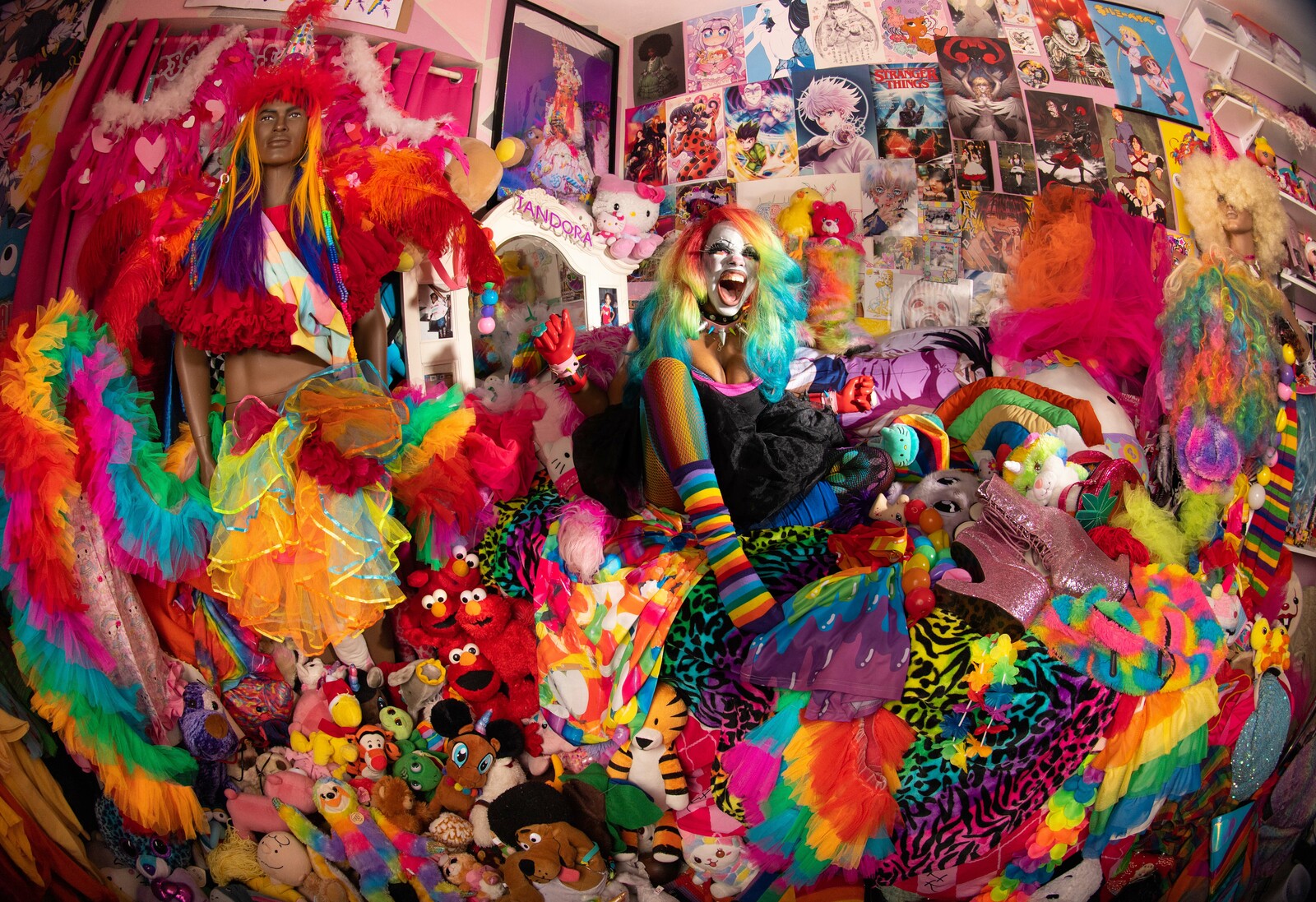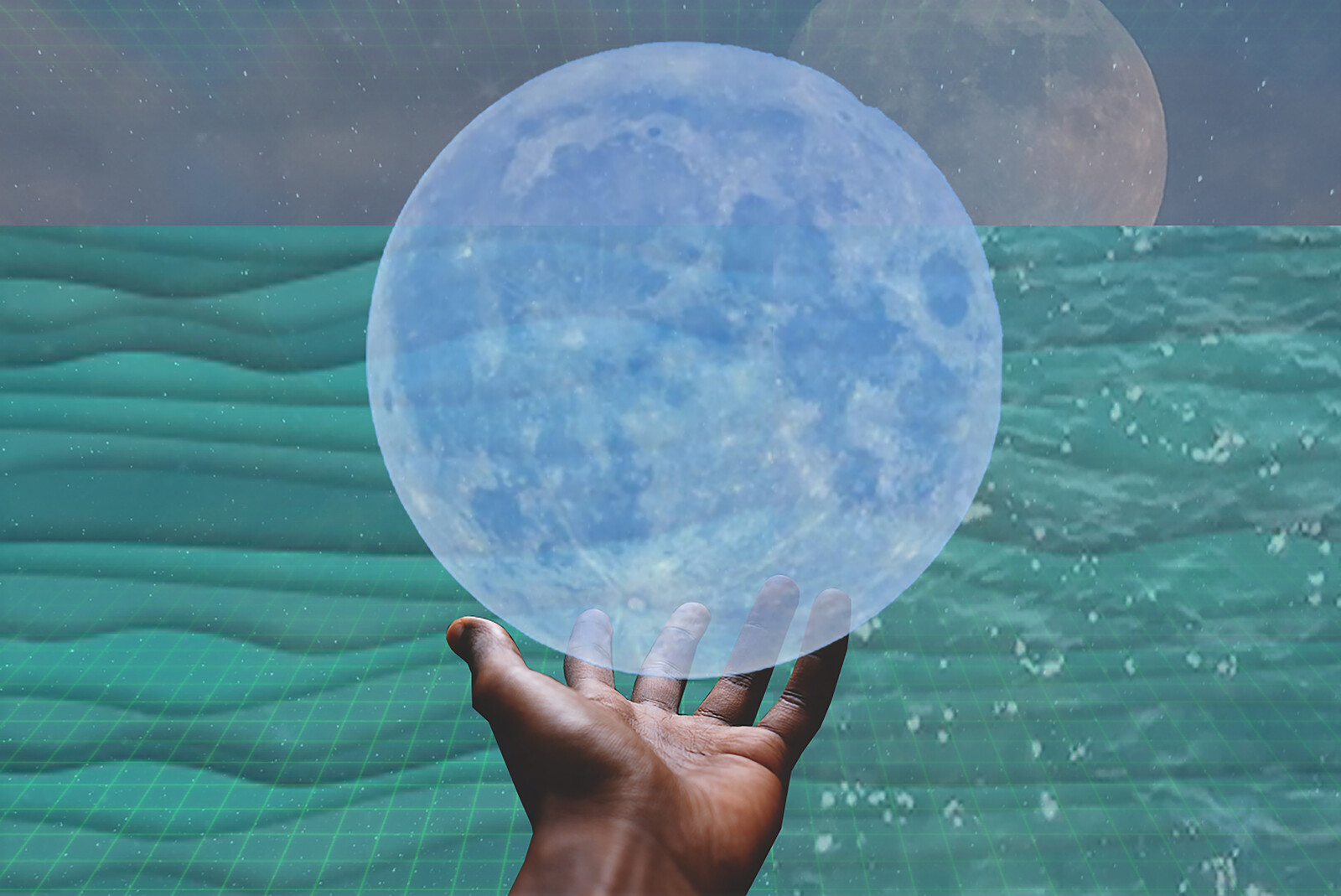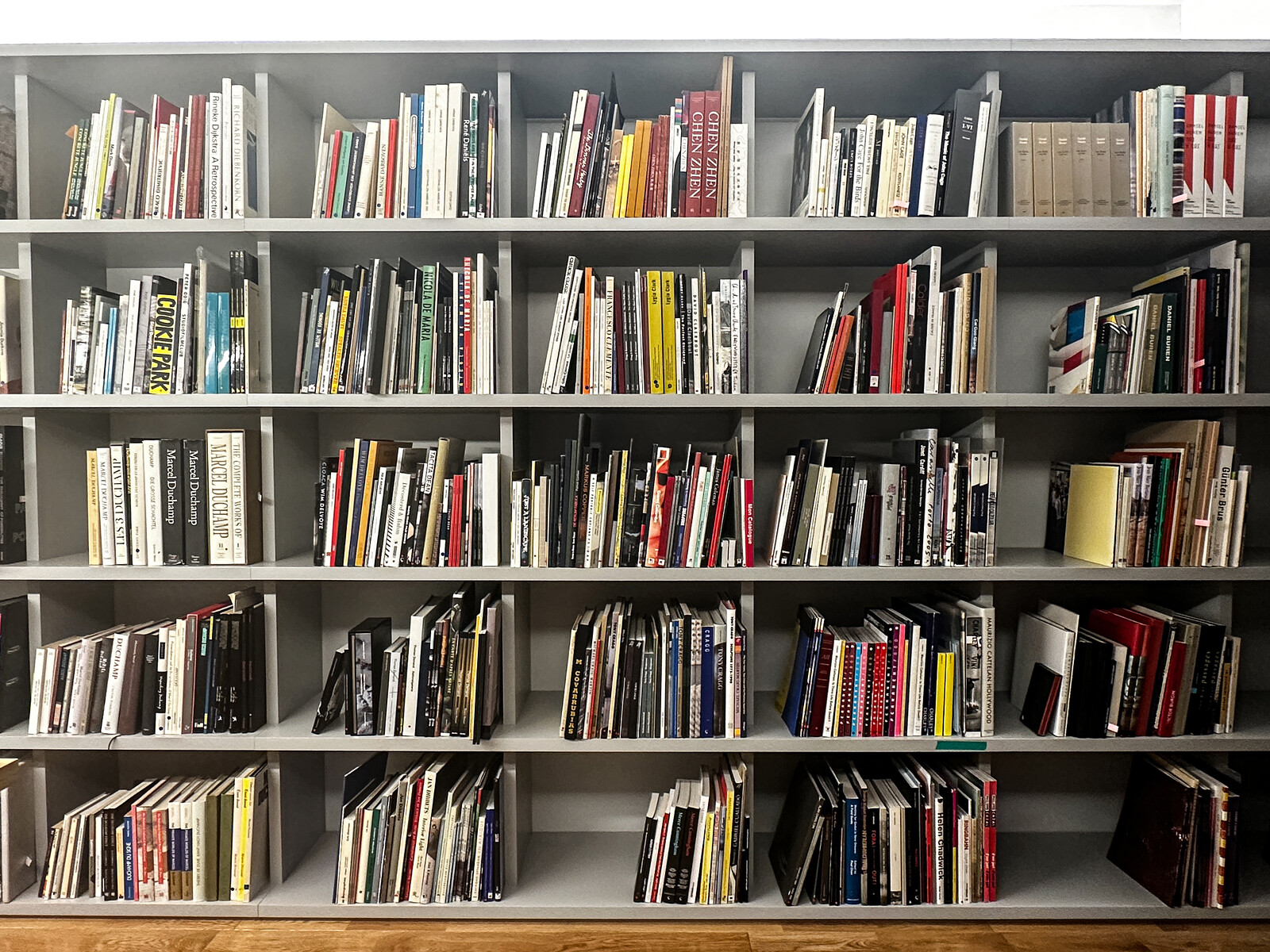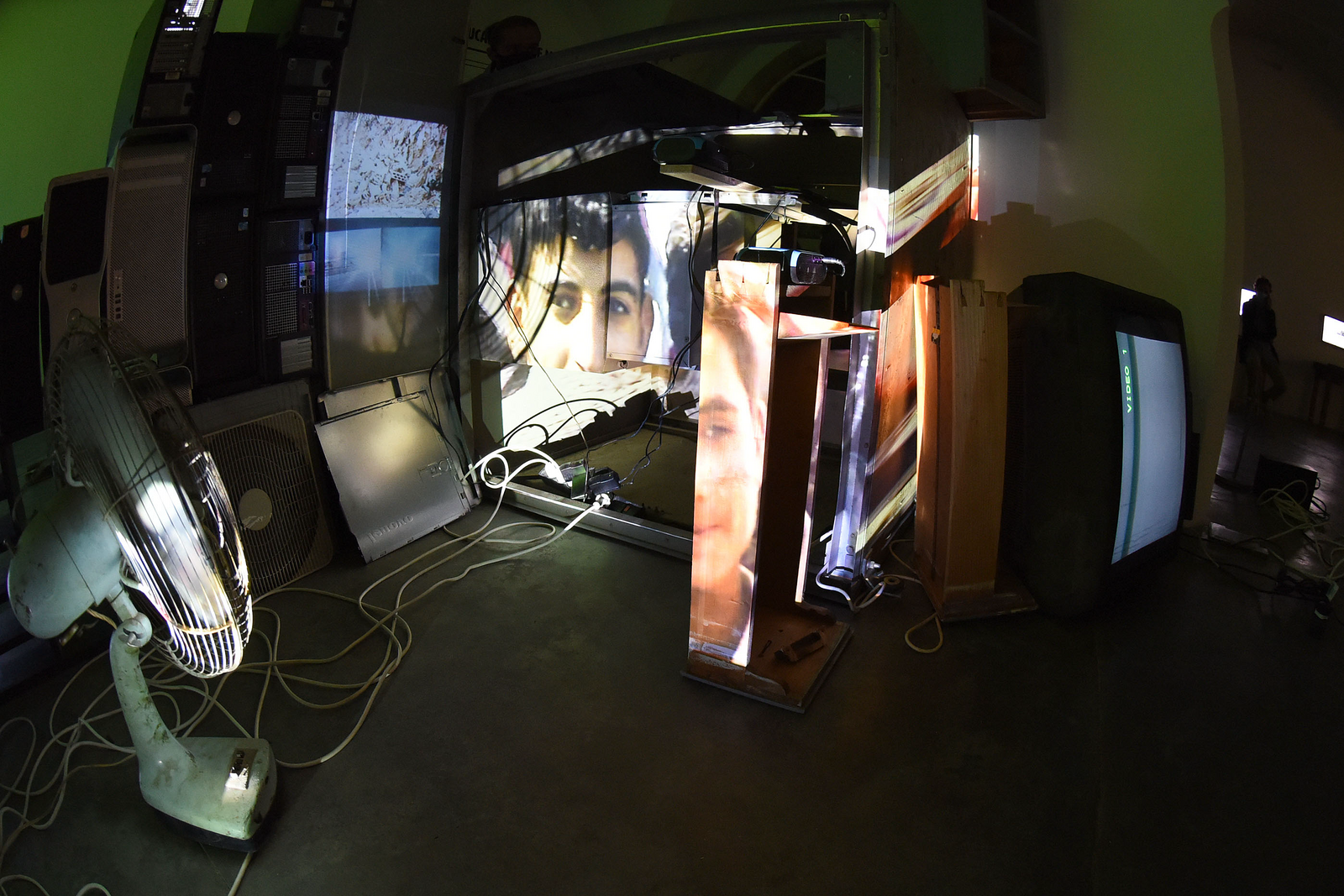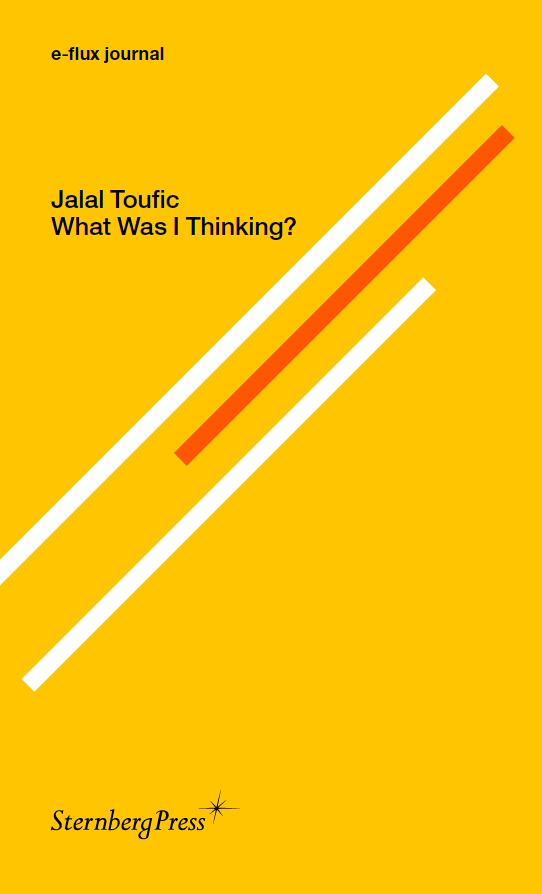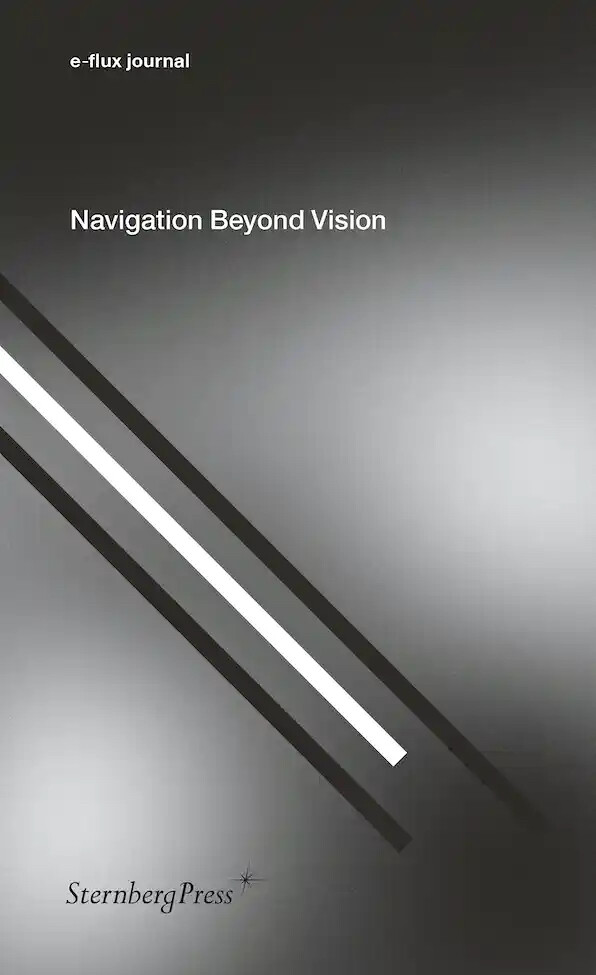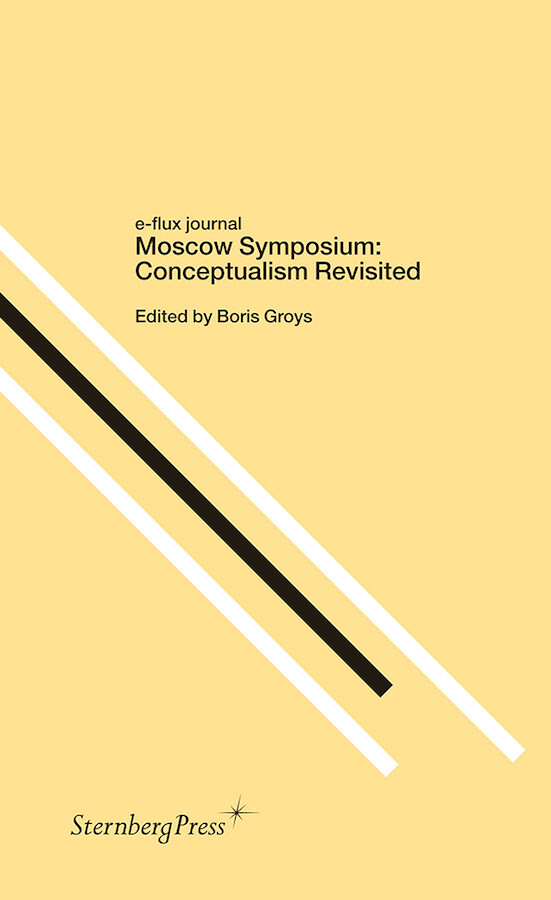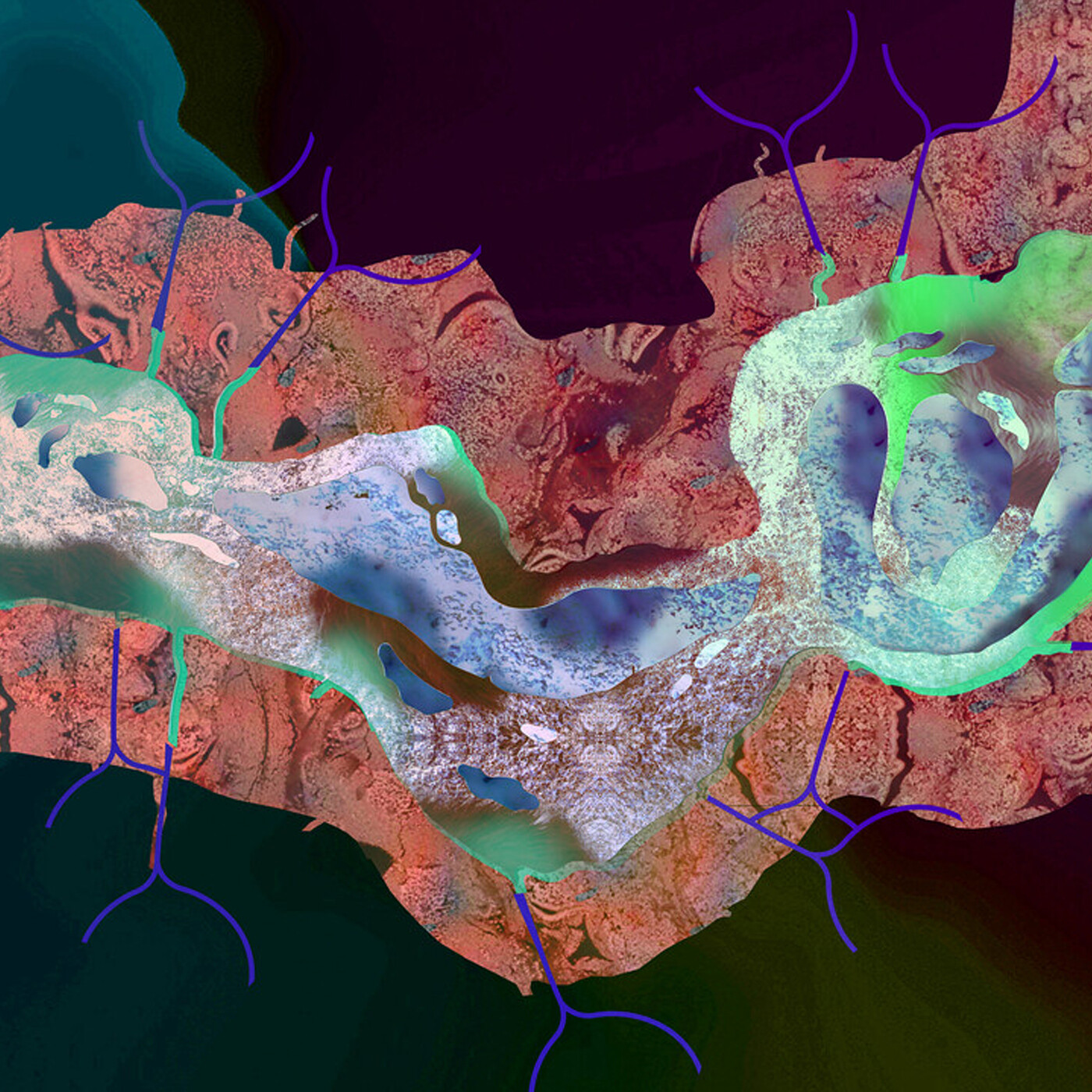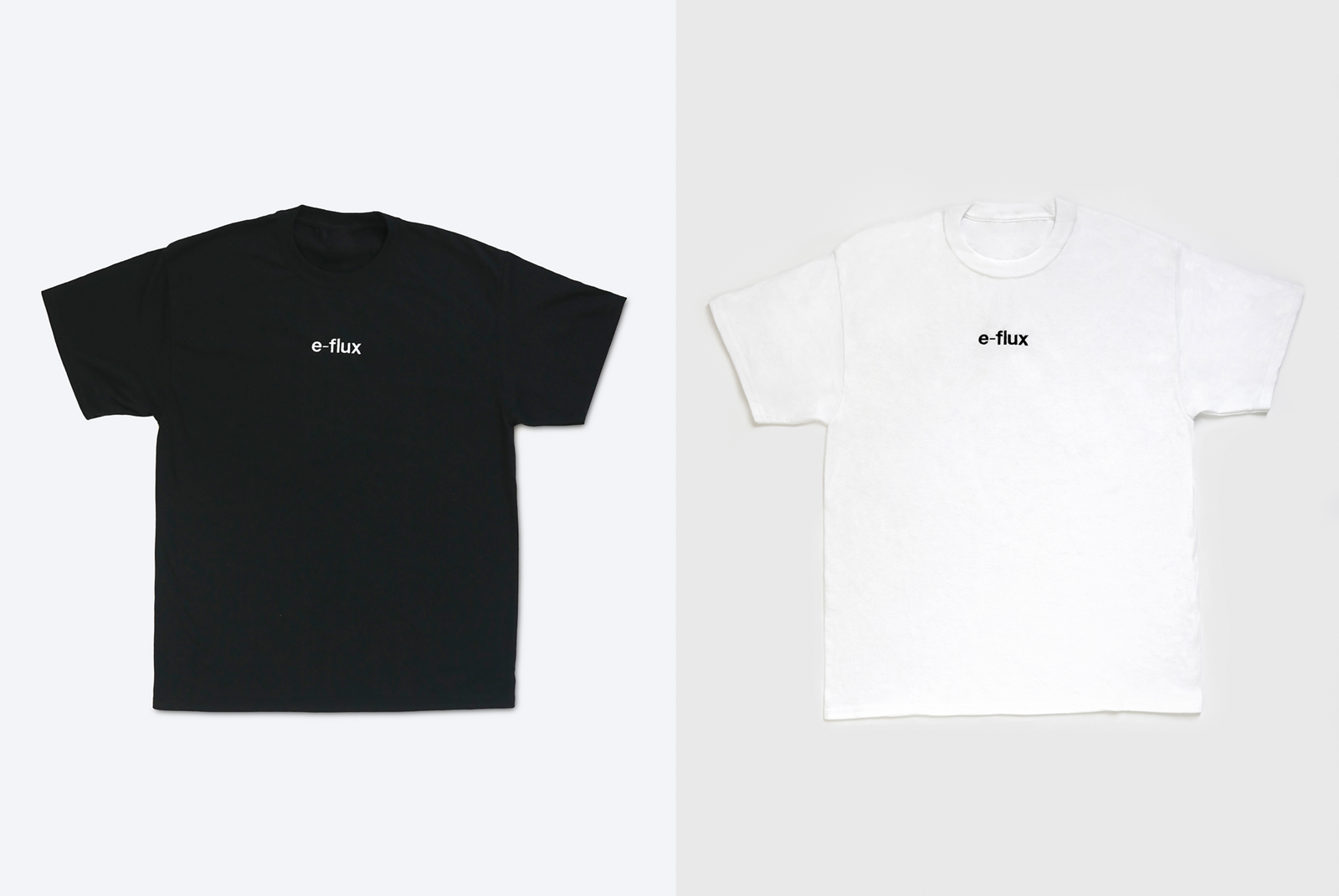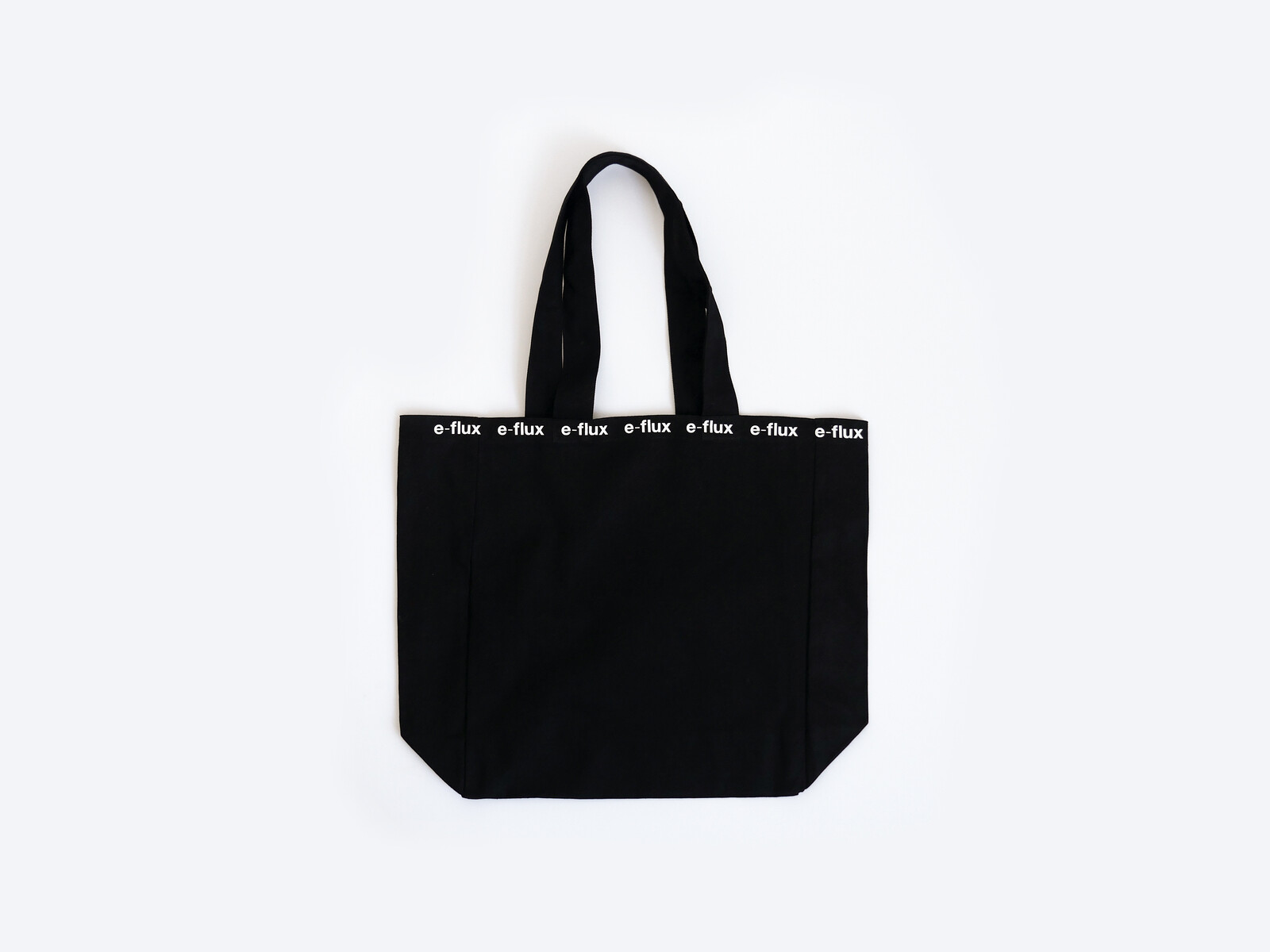i want to climb inside every word and lick the salty neck of each letter
“Mineral Lick” is the first UK solo show for van Imhoff, whose previous work has focused on hierarchies of value within collecting institutions such as museums and archives. Here, she foregrounds unexpected material combinations underpinned by a fascination with grafting, hybridity, and the recontextualizing of materials. GRIMM’s street-level windows have been washed with white shading paint and the interior glows with pink-red light—both echoes of the forced growing conditions of commercial greenhouse production.
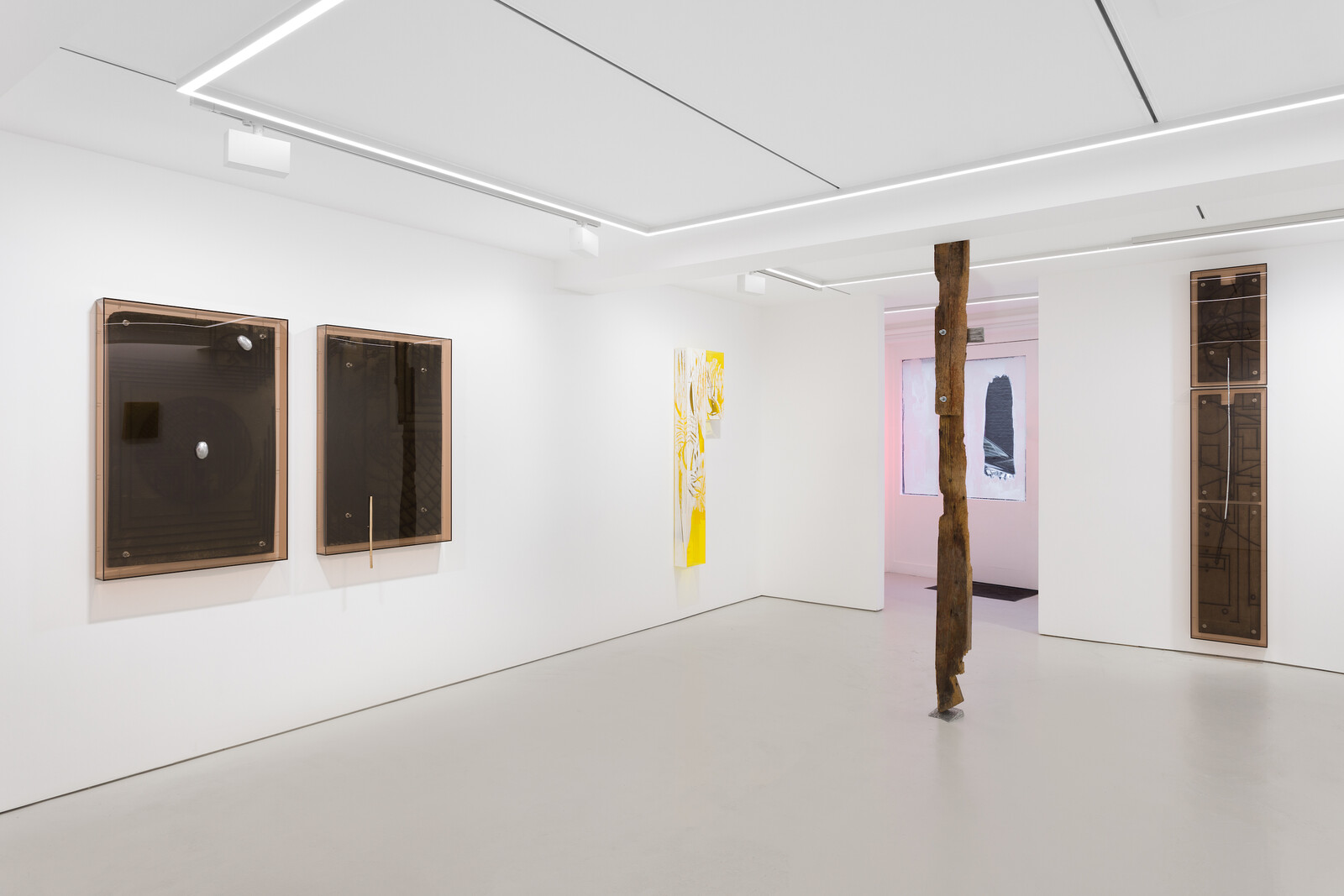
Karol Woller Reyes’ “generational imagination” belongs to artists who have “naturally incorporated some creative strategies” such as digital montage and circuit bending into the production of paintings and sculptures that also abound with references to pop-cultural figures from Pokémon to Pepe the Frog. The implication is that the art of today is shaped by the technologies and media environment of its makers’ adolescence.
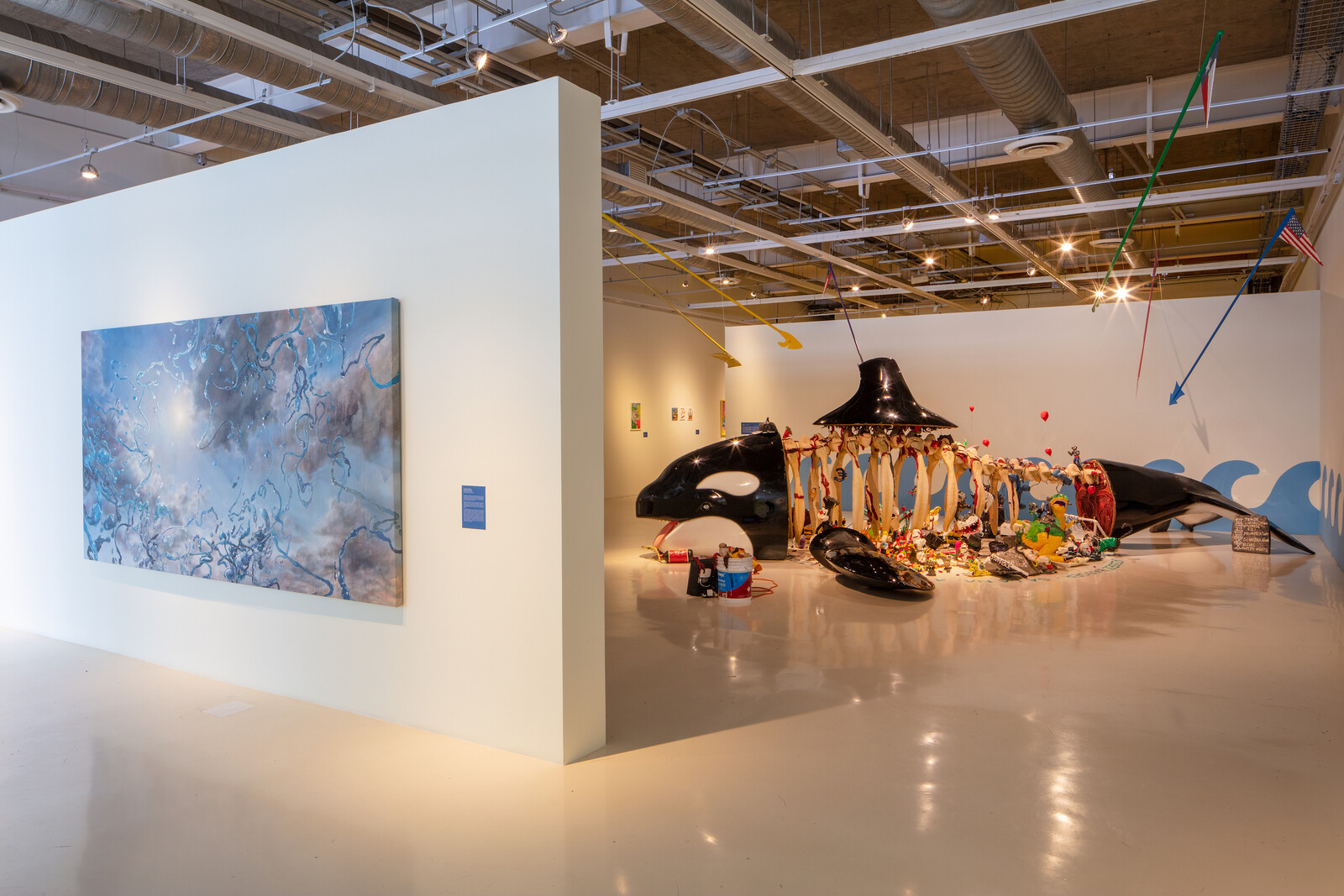
Instead of leaning in to look, Clark has us leaning in to listen with Monitors, a freestanding pair of unvarnished, hollowed-out, and reconstructed steel doors. By outfitting the doors with audio transducers, the artist transforms them into speakers that fill the space with chatter and laughter. Closer listening reveals the voices of spectators at a zoo. One deep, unimpressed voice rises above the din: “You’re boring.” It’s unsettling. Unseen and unheard, the observed animals are made present only by the exclamations and comments of passing visitors.
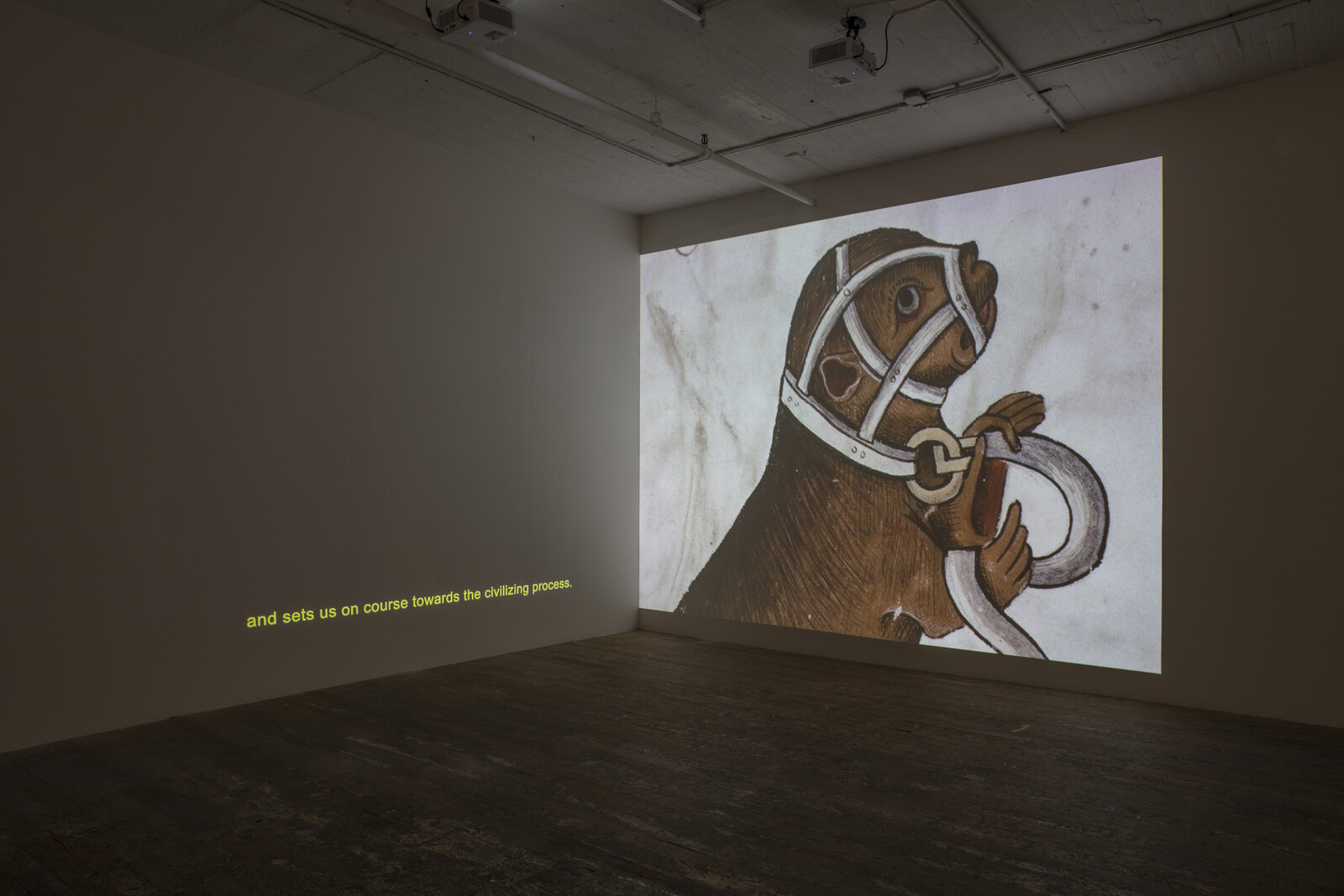
The standout works in an exhibition curated by Nontobeko Ntombela do not fit neatly into the narratives for which Mahlangu has often been claimed. The first of these pleasant surprises comes in the second room, with an AK47 rendered in Ndebele beadwork and resembling a glittering soft toy. By transforming phallic armament into flaccid ornament, Beaded Rifle (2013) offers an alternative take on the artist as a proponent of “soft power.”

They say ghosts, vampires, and the soulless cast no shadows. Shot in a Vatican City emptied of visitors during the pandemic summer of 2021, Catherine Opie’s new photographs provocatively reshuffle different threads of her longstanding inquiries—the spectrum from transparency to opacity; communal spaces; the body as/and architecture; queerness and institutions.
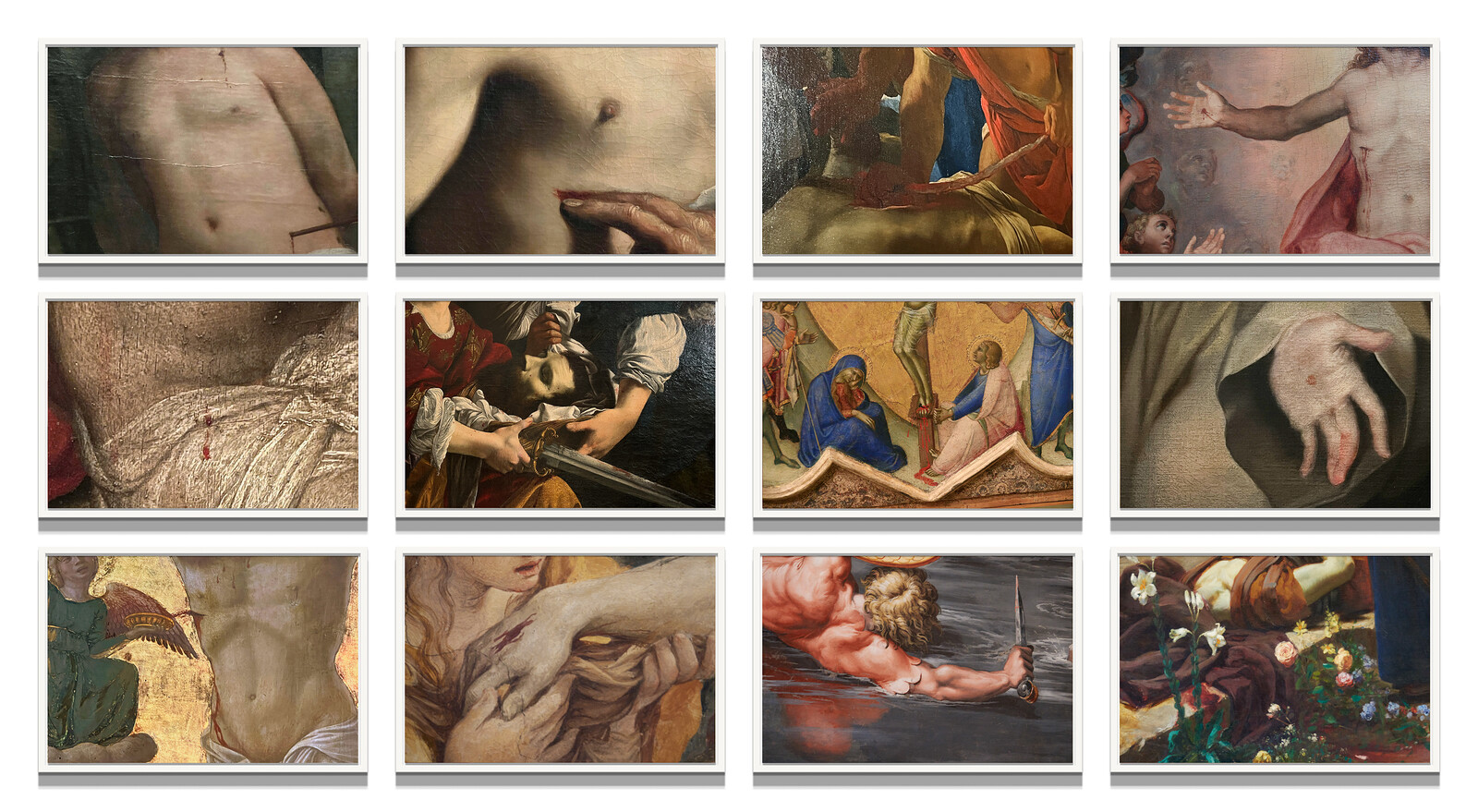
How might our understanding of education better incorporate communication, participation, and play? And what would be the consequences of that expanded approach? Such questions have been at the center of Amalia Pica’s work for many years, drawing partially on her early experience as a primary school teacher. Her first solo exhibition in New York attends to the manifold aspects of learning across a group of collages, sculptures, and video works organized around a new interactive installation.
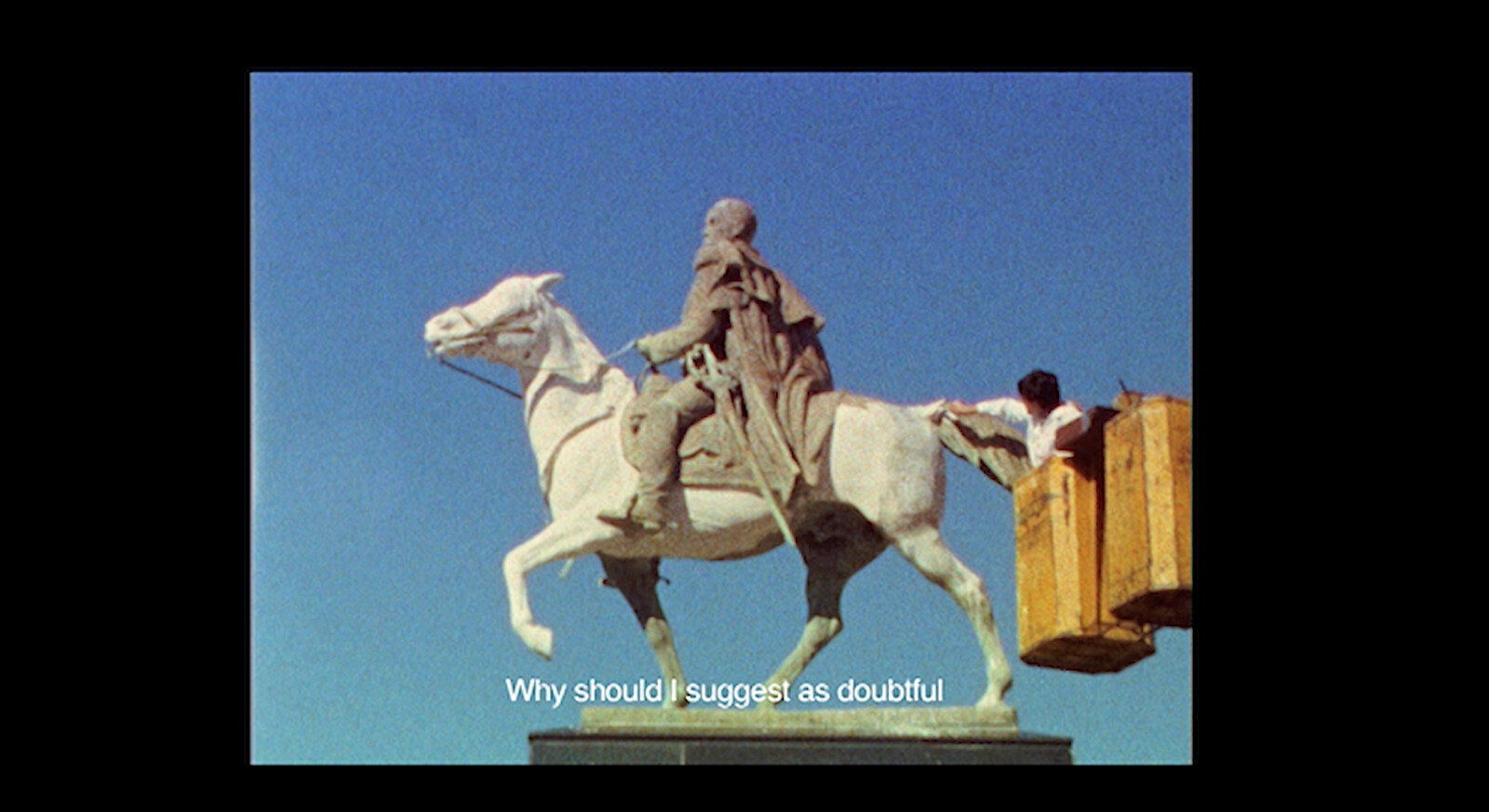
This jewel box-sized exhibition devoted to Abdalla’s work, organized by Morad Montazami and Madeleine de Colnet of the Paris-based publishing and curatorial project Zamân, features six of his amorous pairings. The earliest lovers in the show are Les Amants de Shemm Ennessim [The Lovers of Shemm Ennessim], from 1953, a sweet gouache on silk paper showing a couple in traditional dress, facing each other demurely in profile but slyly extending their arms to embrace.
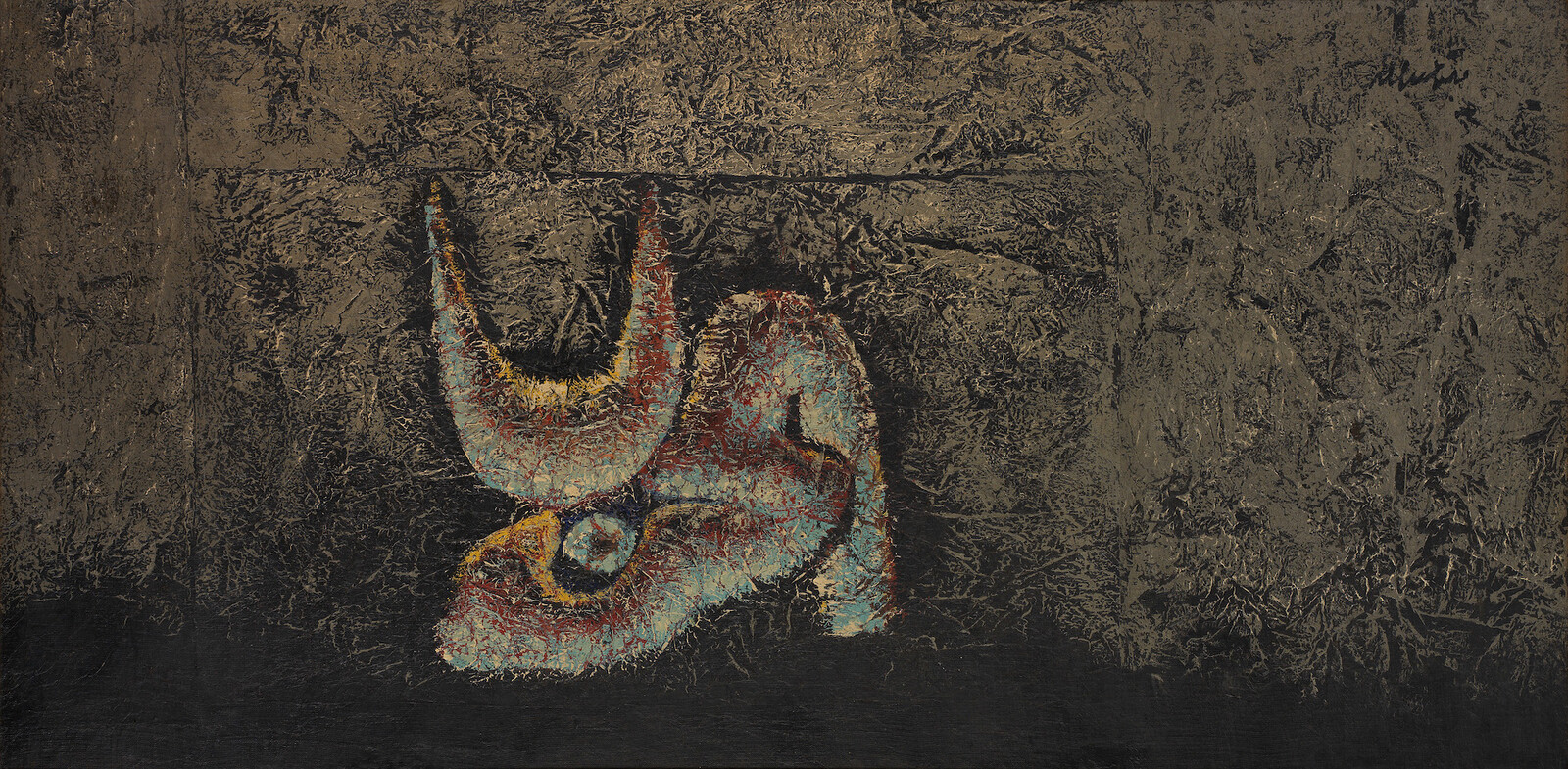
If the kneejerk impulse might be to decry political interference in cultural institutions, then it is worth bearing in mind the recent and justified insistence from progressive alliances that politics cannot responsibly be separated entirely from art. The issue is not only whether art must always “belong” to one side in an entrenched culture war, but how it might be possible to formulate and promulgate independent expression within increasingly partisan infrastructures.
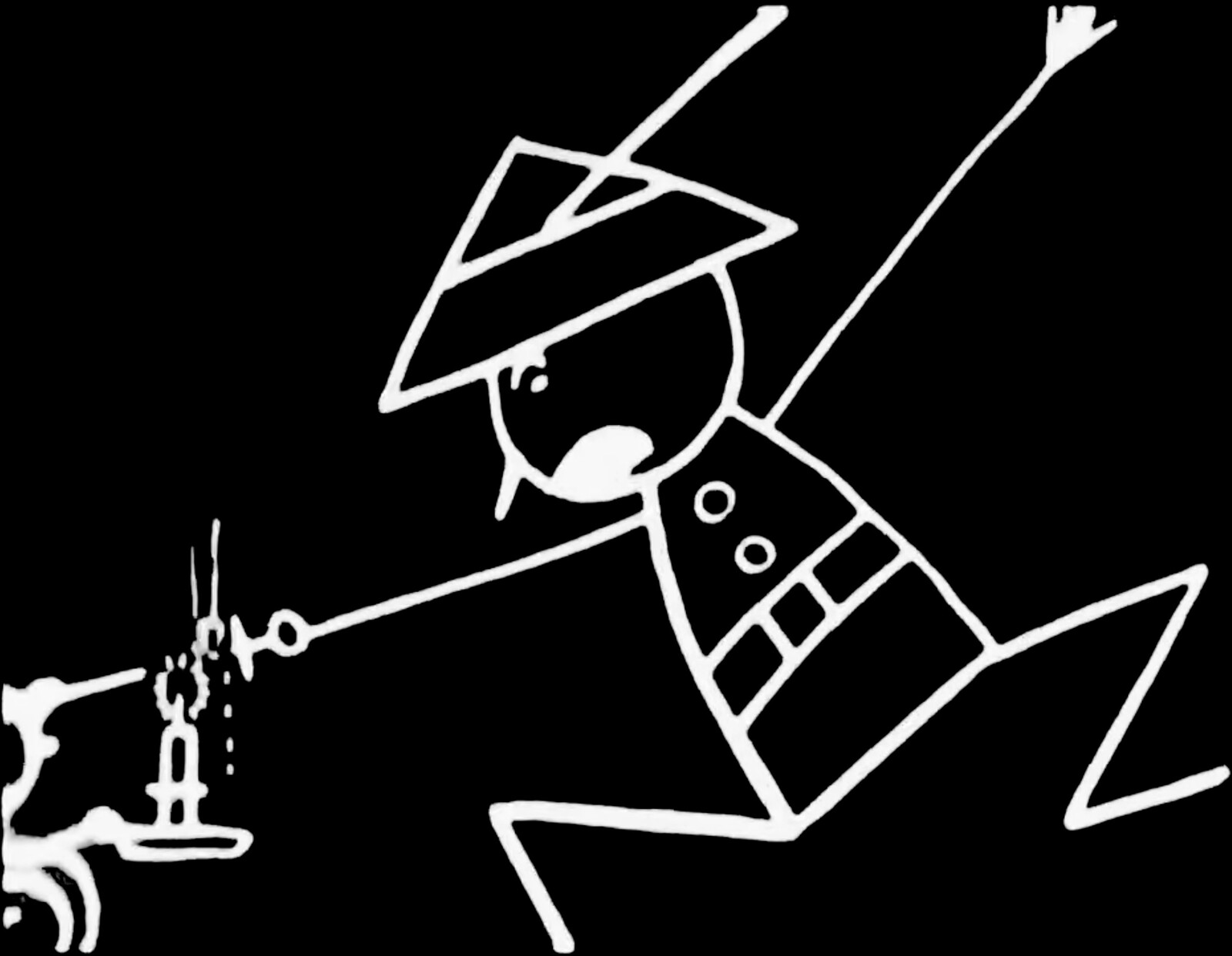
The Chinese term gūanxi describes a web of relations between friends, family, lovers, co-workers, even corrupt politicians. It evokes a sense of community and belonging that can prove elusive for the diverse group of people commonly referred to as “Chinese American,” a one-size-fits-all label that attempts to forge a singular identity out of a heterogeneous array of diasporic experiences shaped by displacement, immigration, and cross-cultural translation.

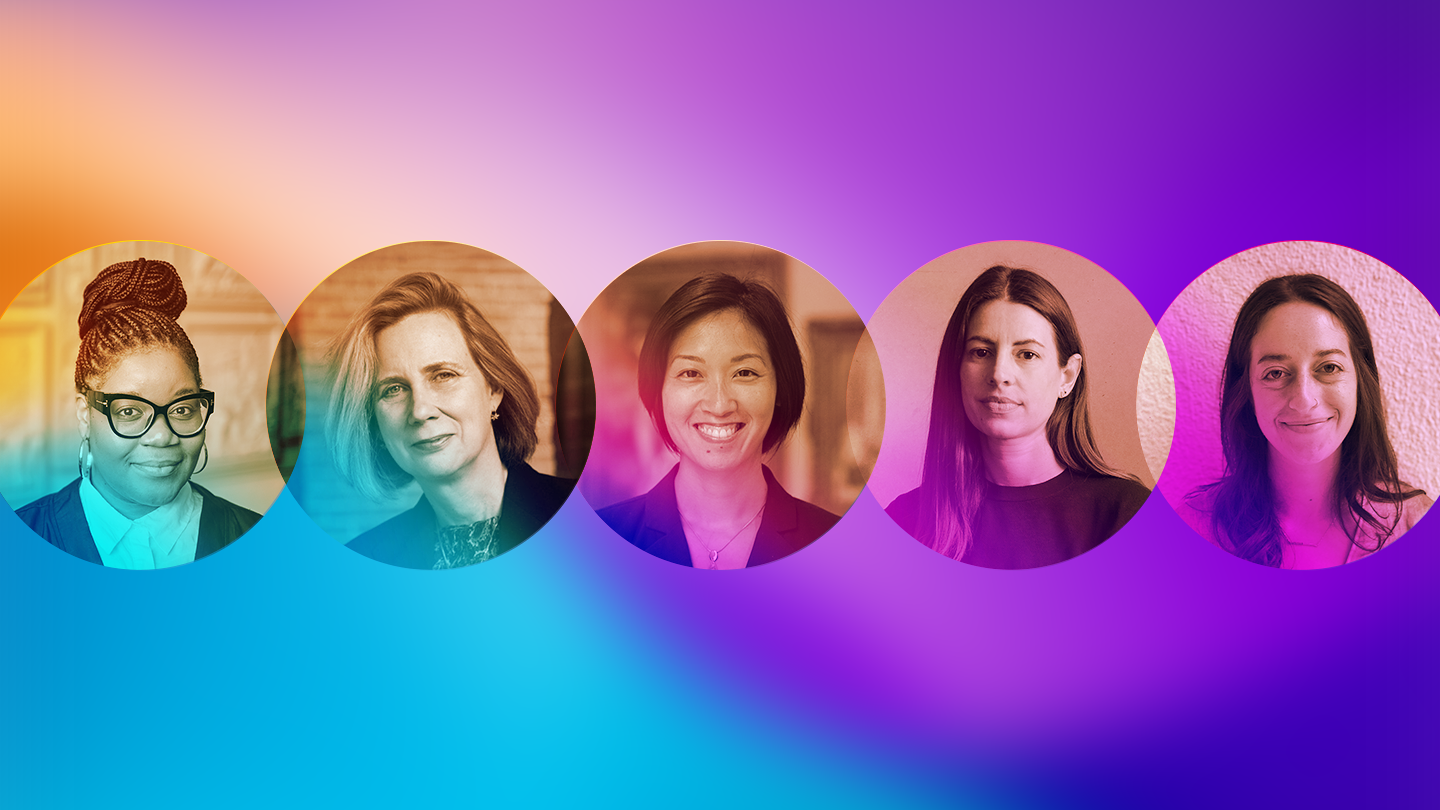
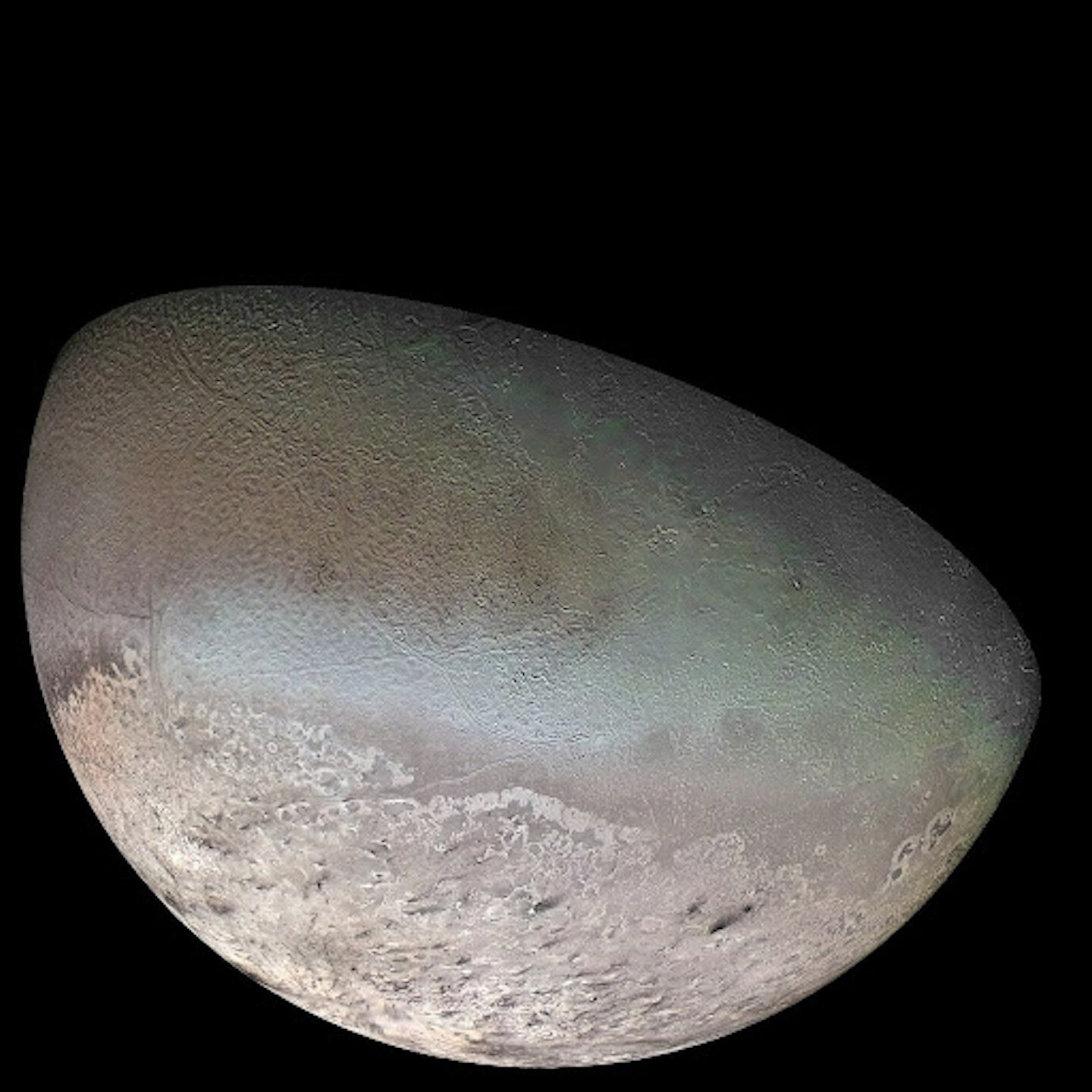

Unlike literature or art, music appears to be nonrepresentational, at least at first. “But music also is a place of sorts,” says musicologist Holly Watkins, “replete with its own metaphorical locations, types of motion, departures, arrivals, and returns.” Songs articulate distance, texture, and intent. They respond to the acoustics of landscapes and social structures; they are amplified in some spaces and dampened in others. By listening to sounds—and the way they have been transcribed, adapted, and memorialized—we can trace otherwise invisible political interventions into landscapes and soundscapes and, in return, understand these interventions as documents, instructions, or scores.



